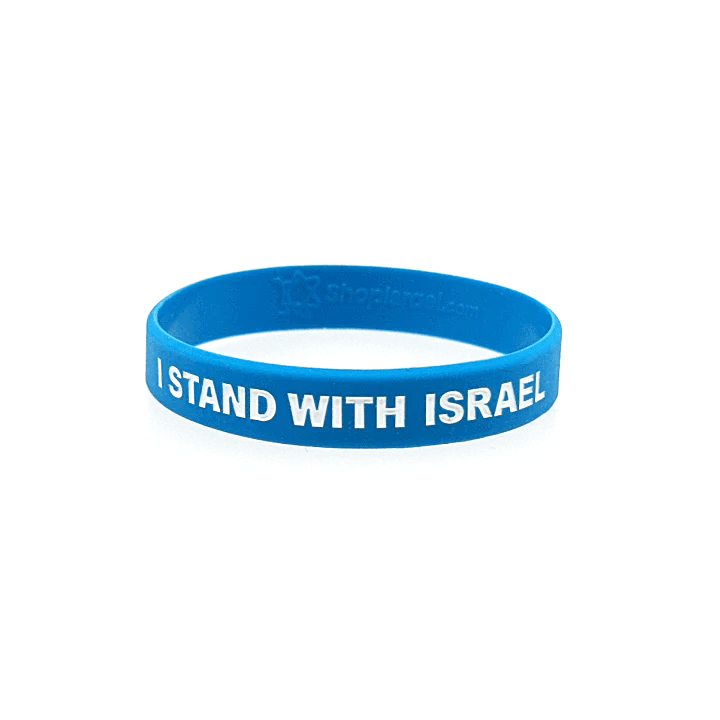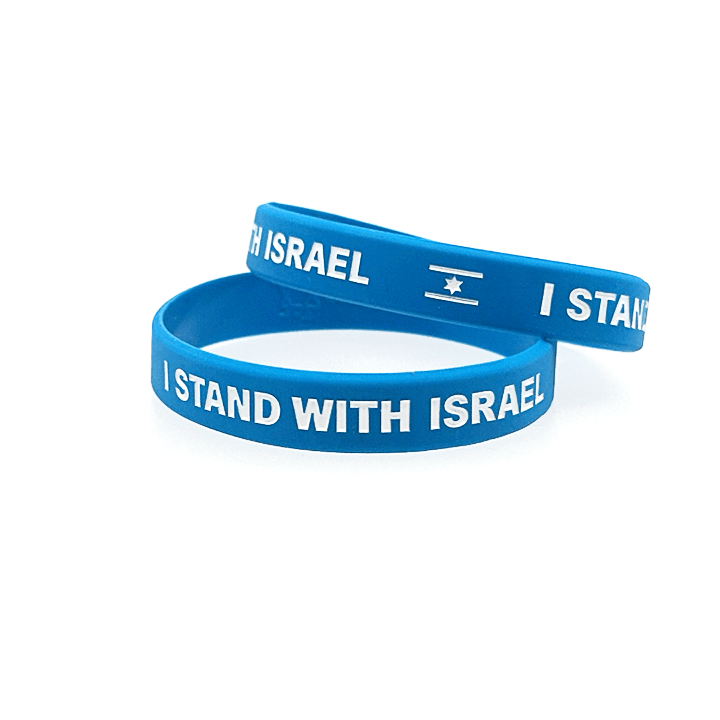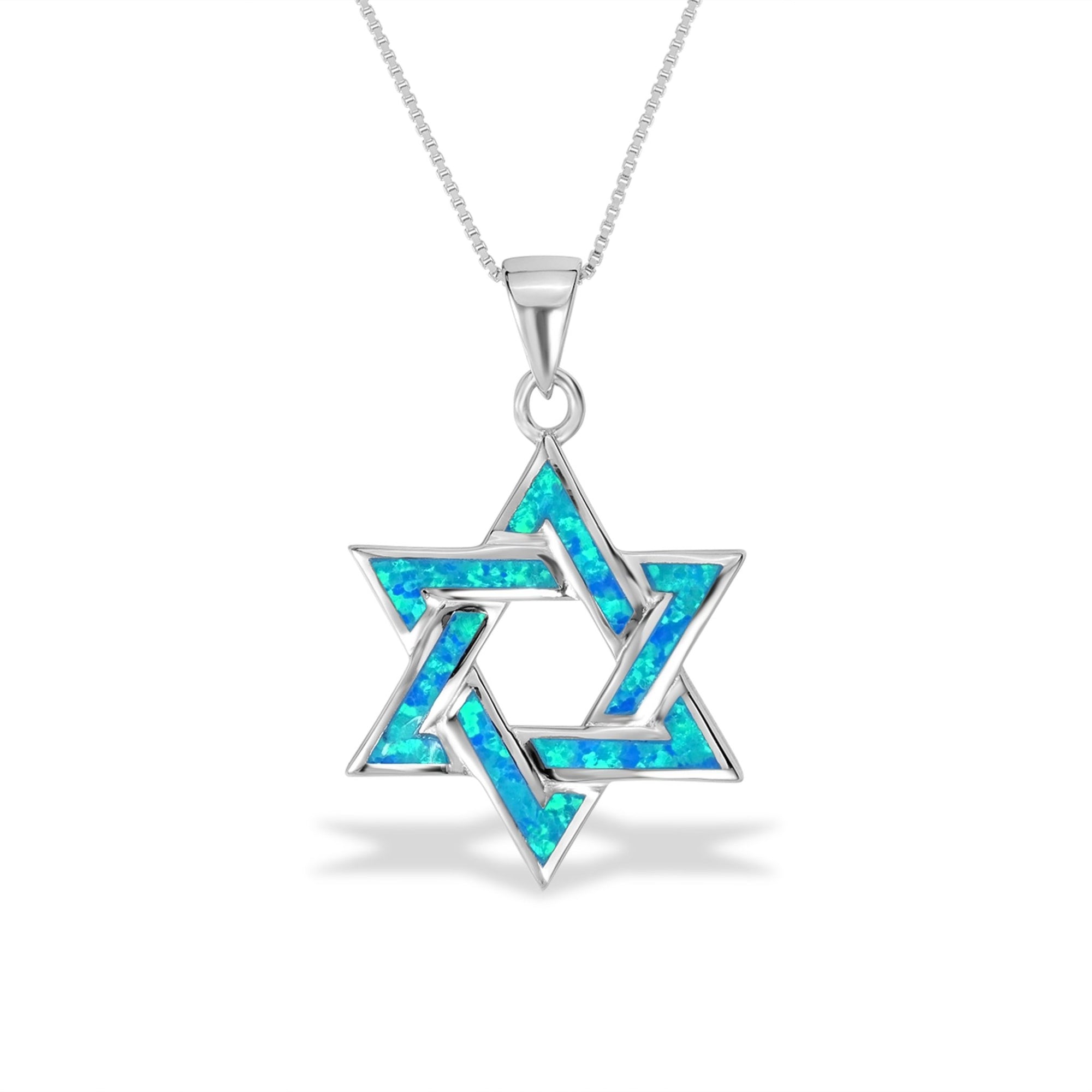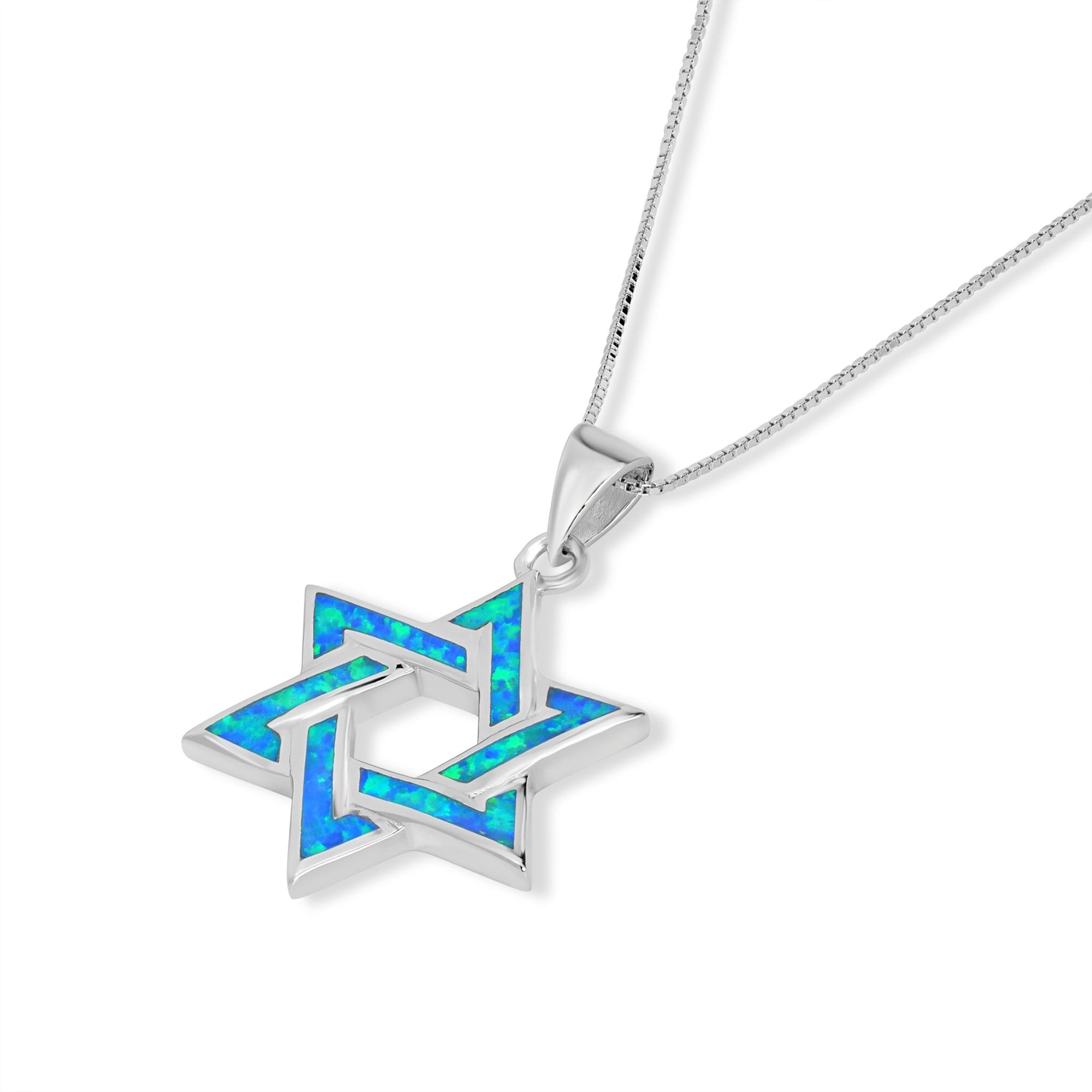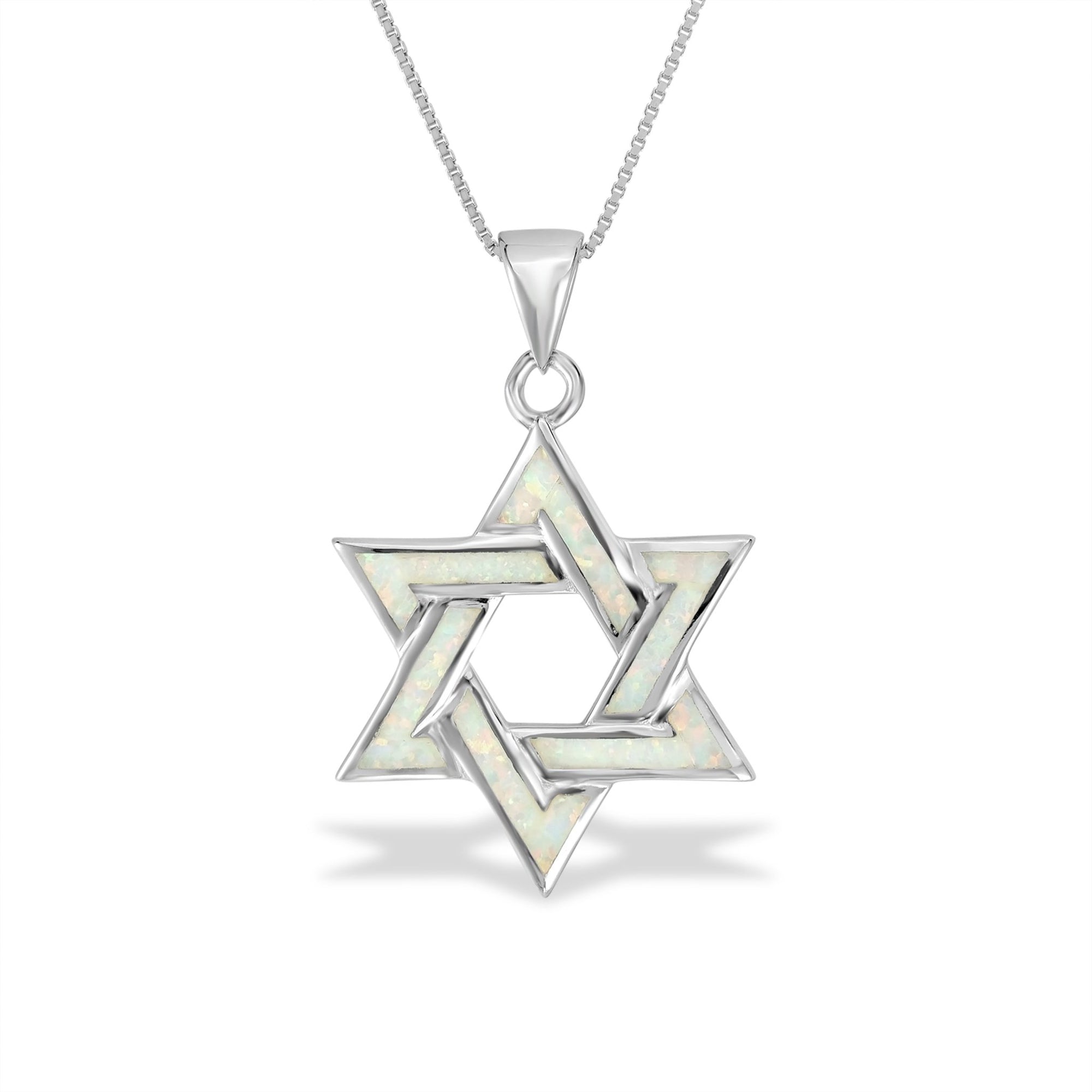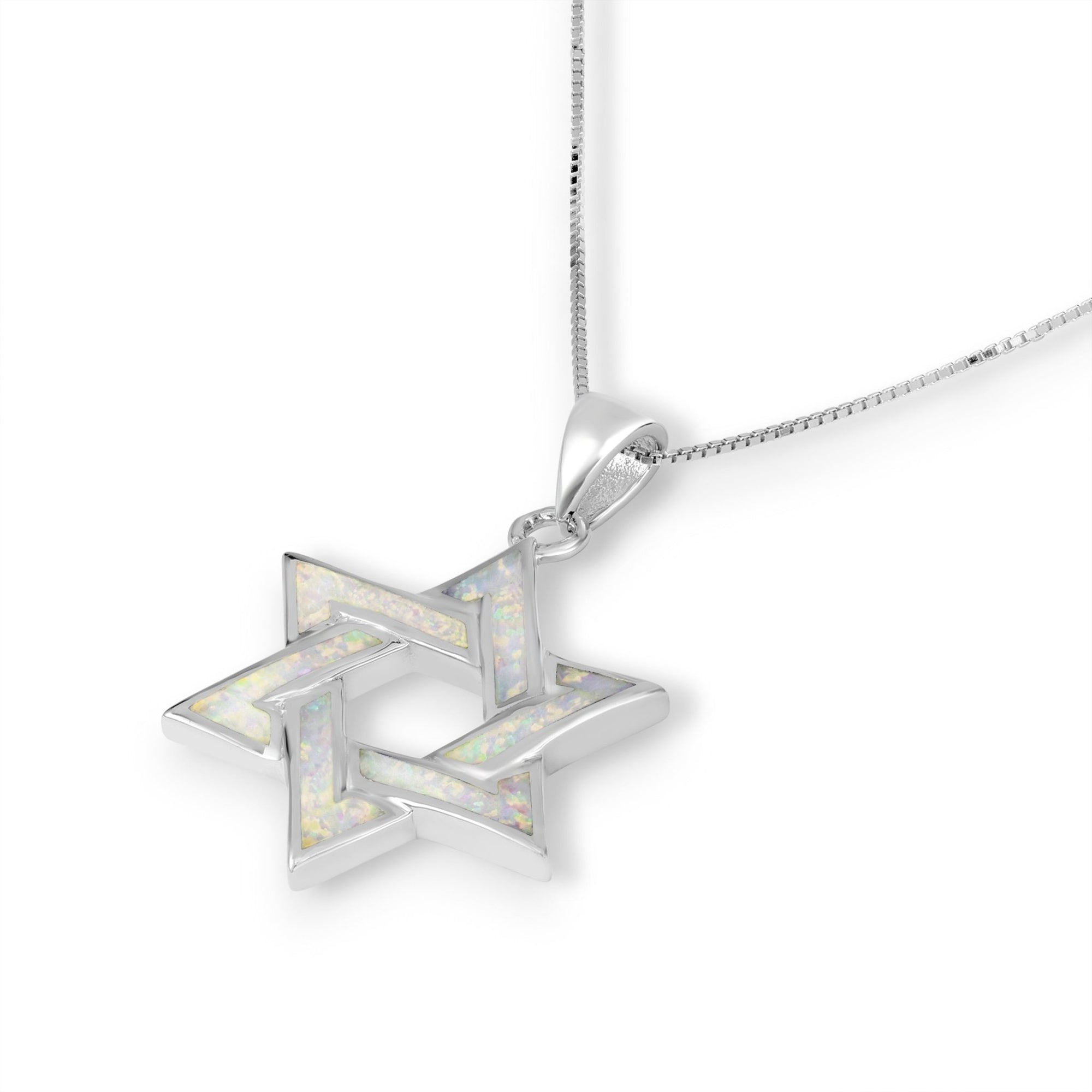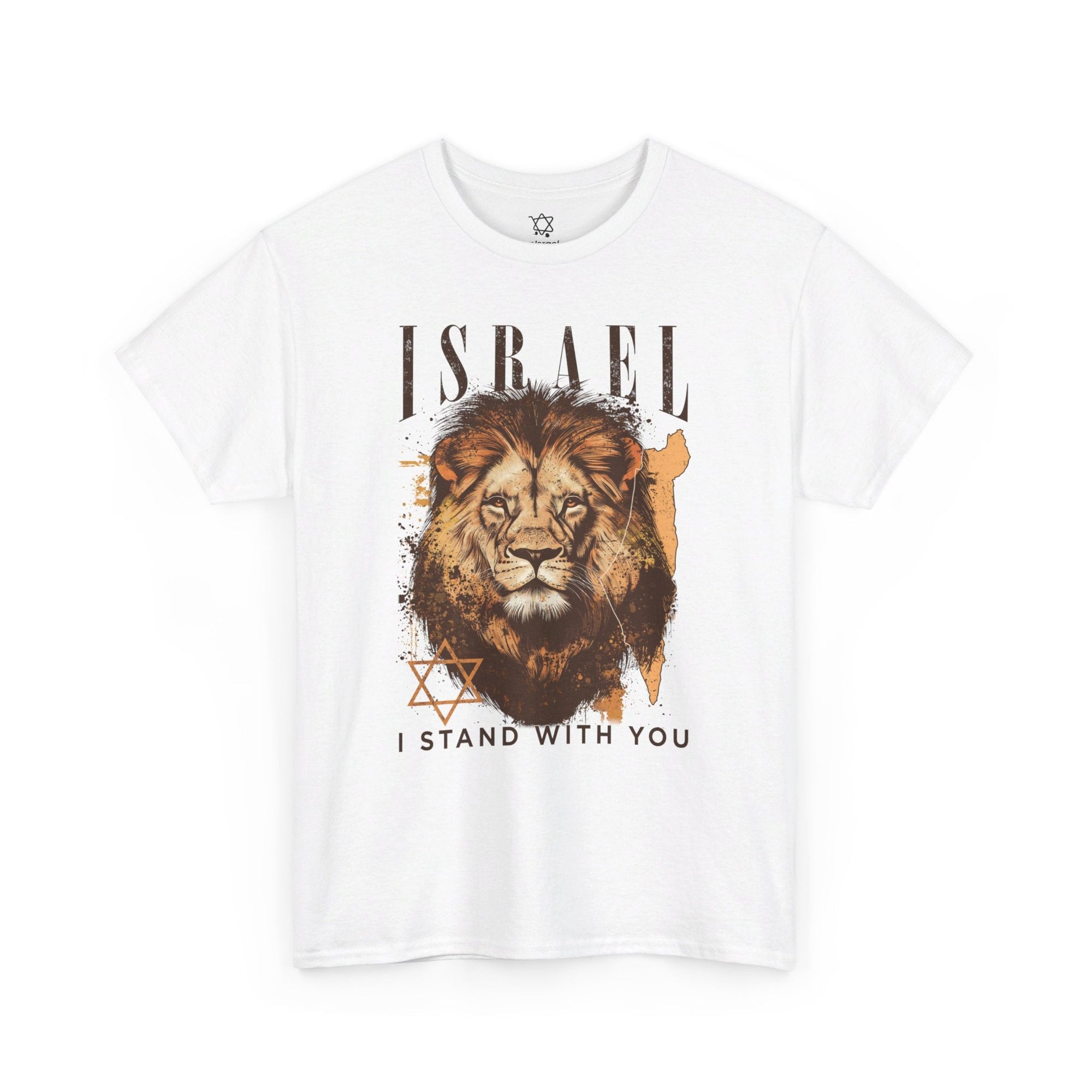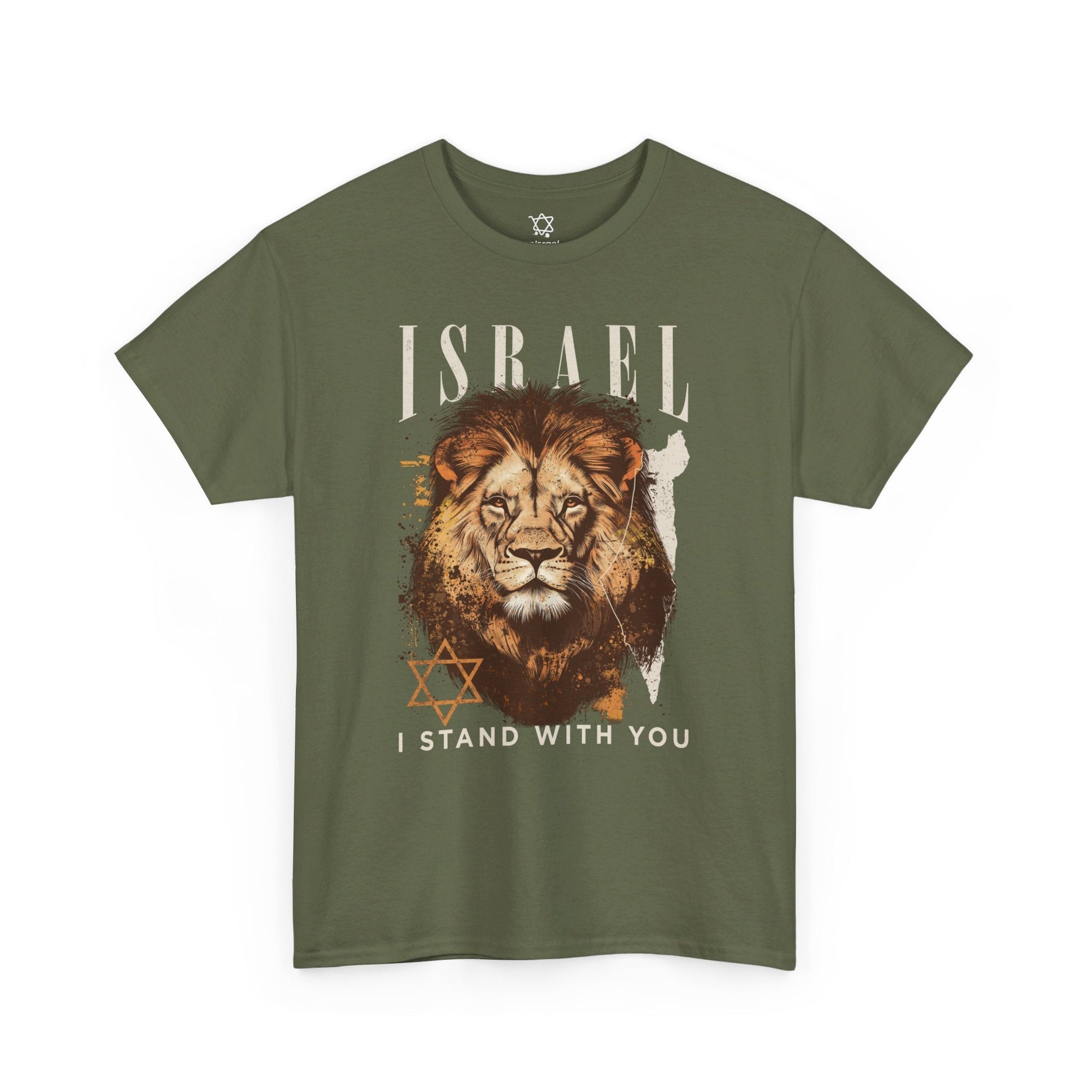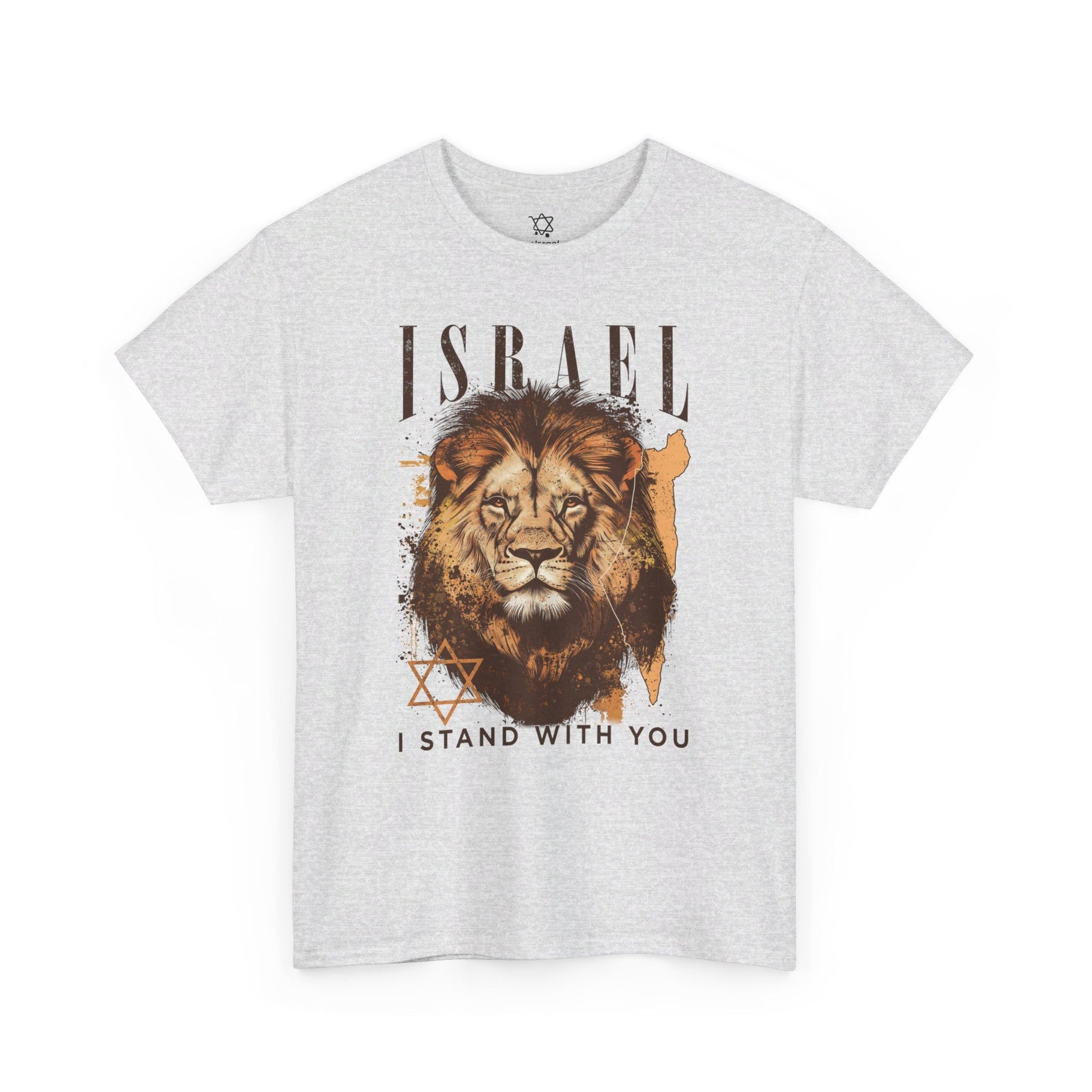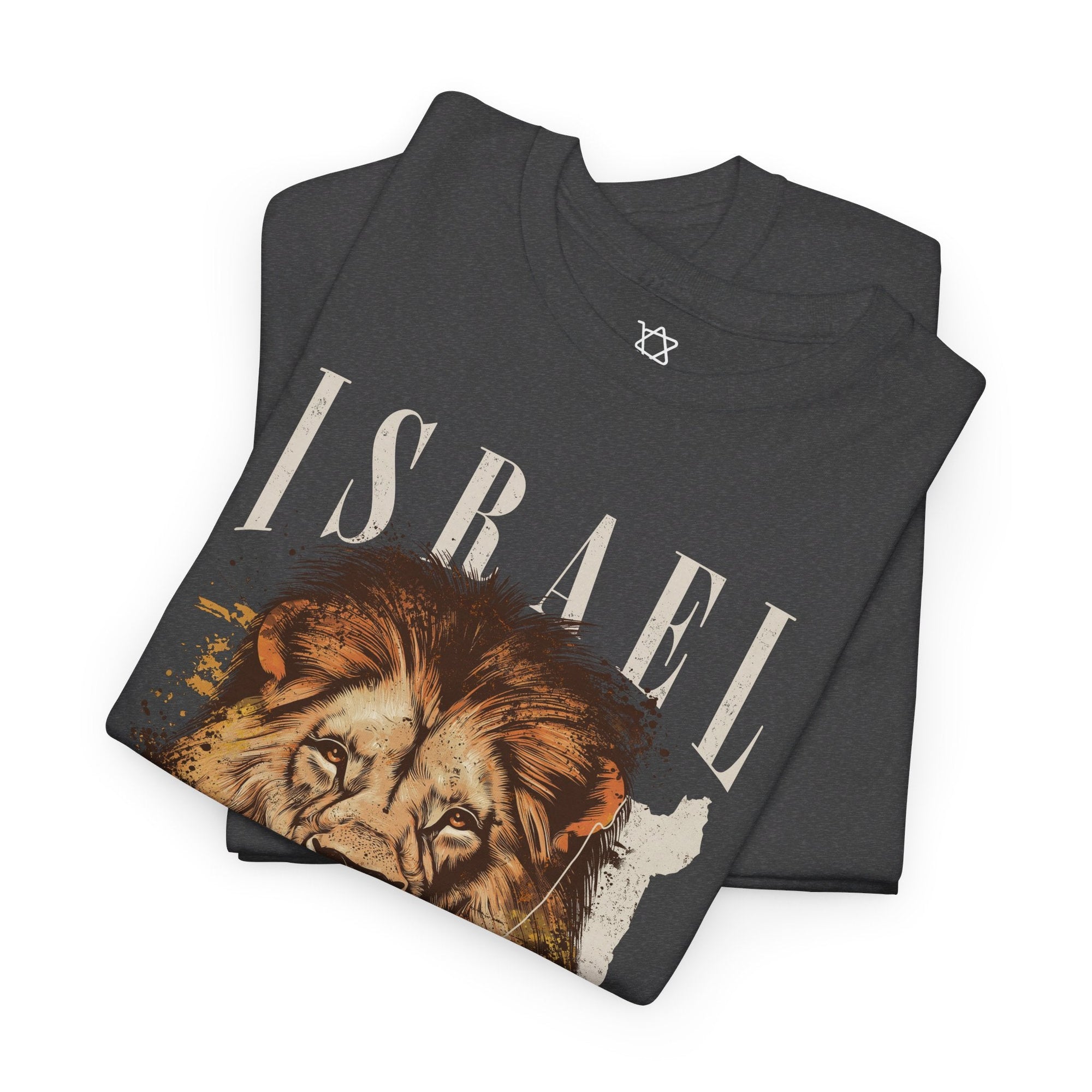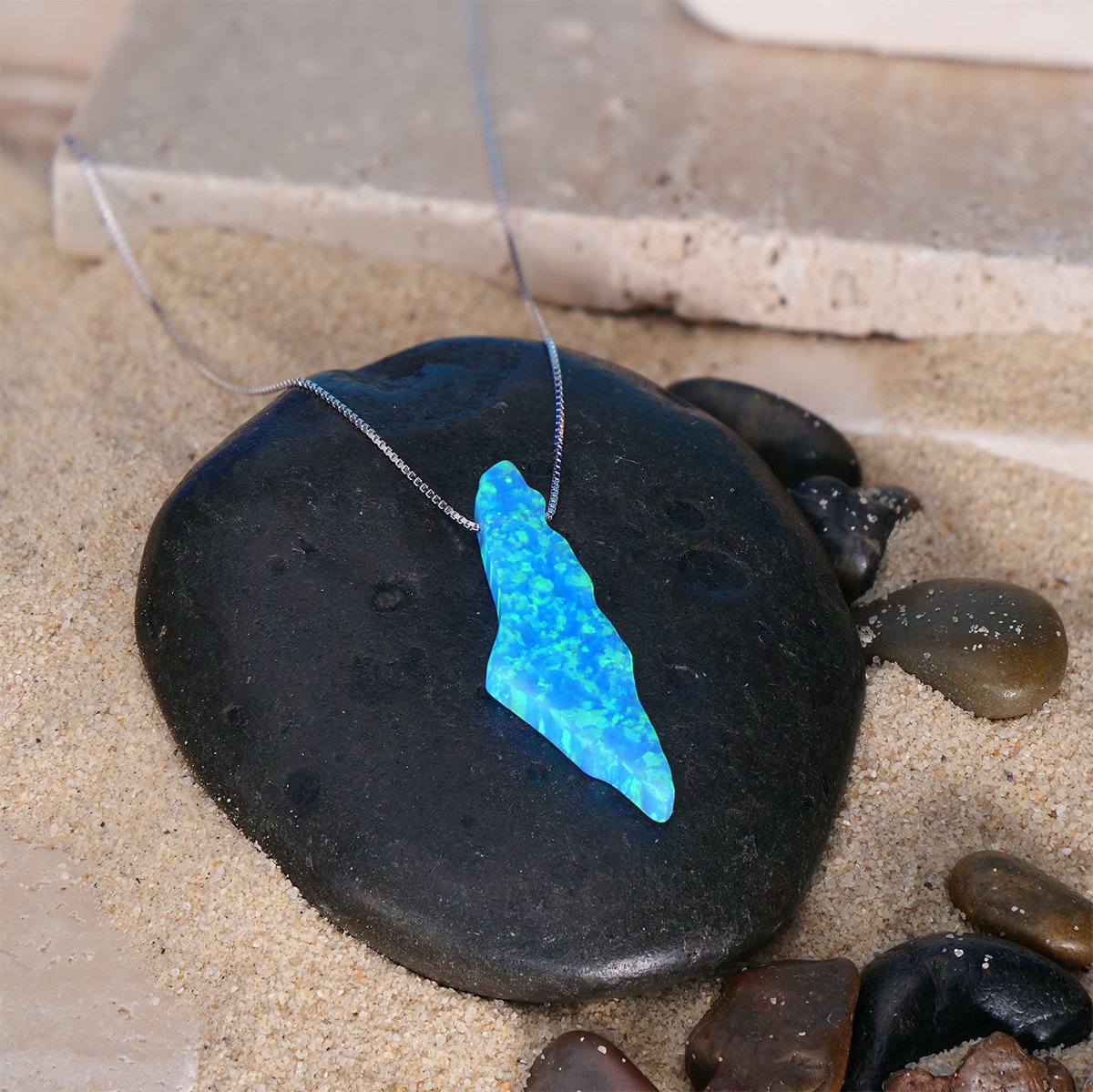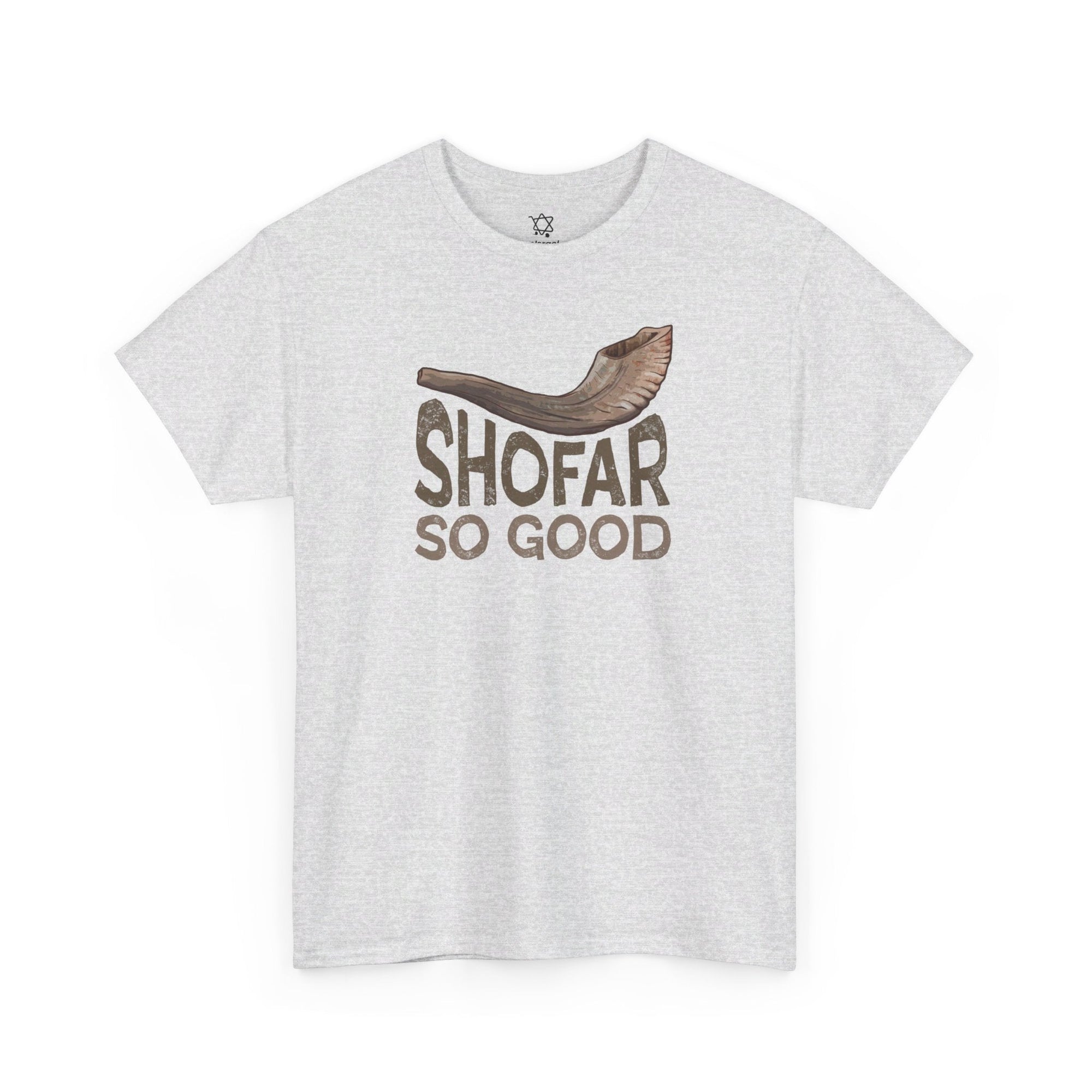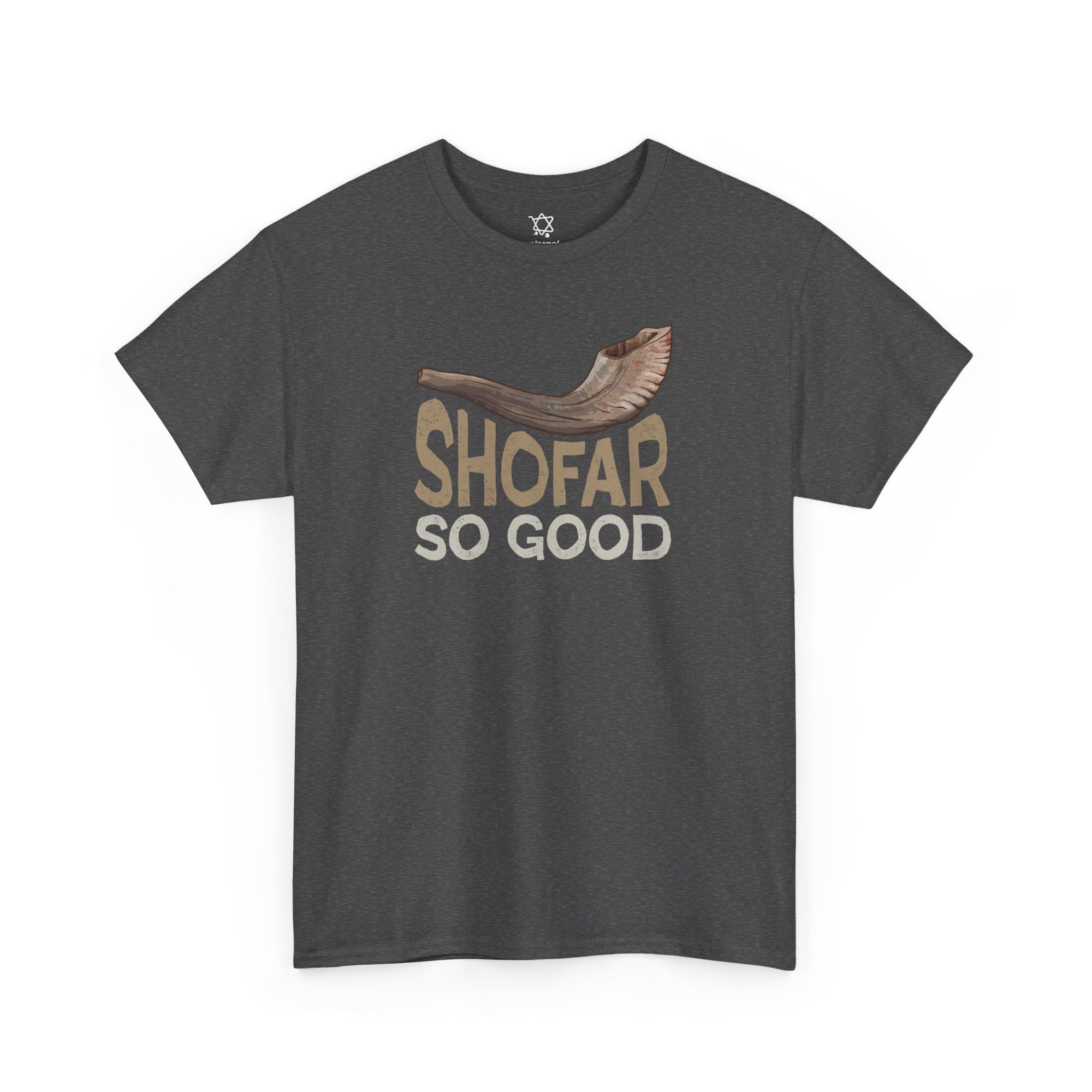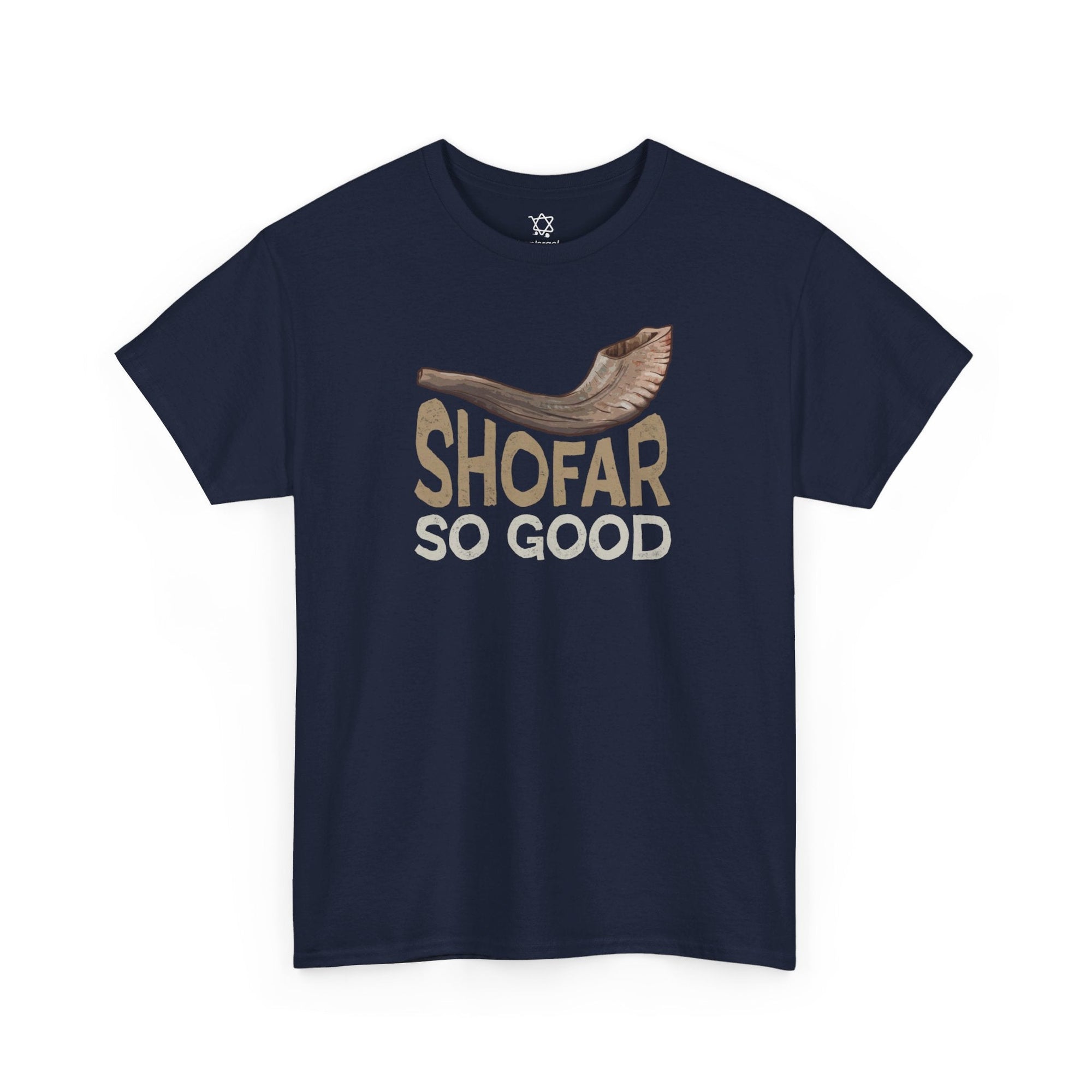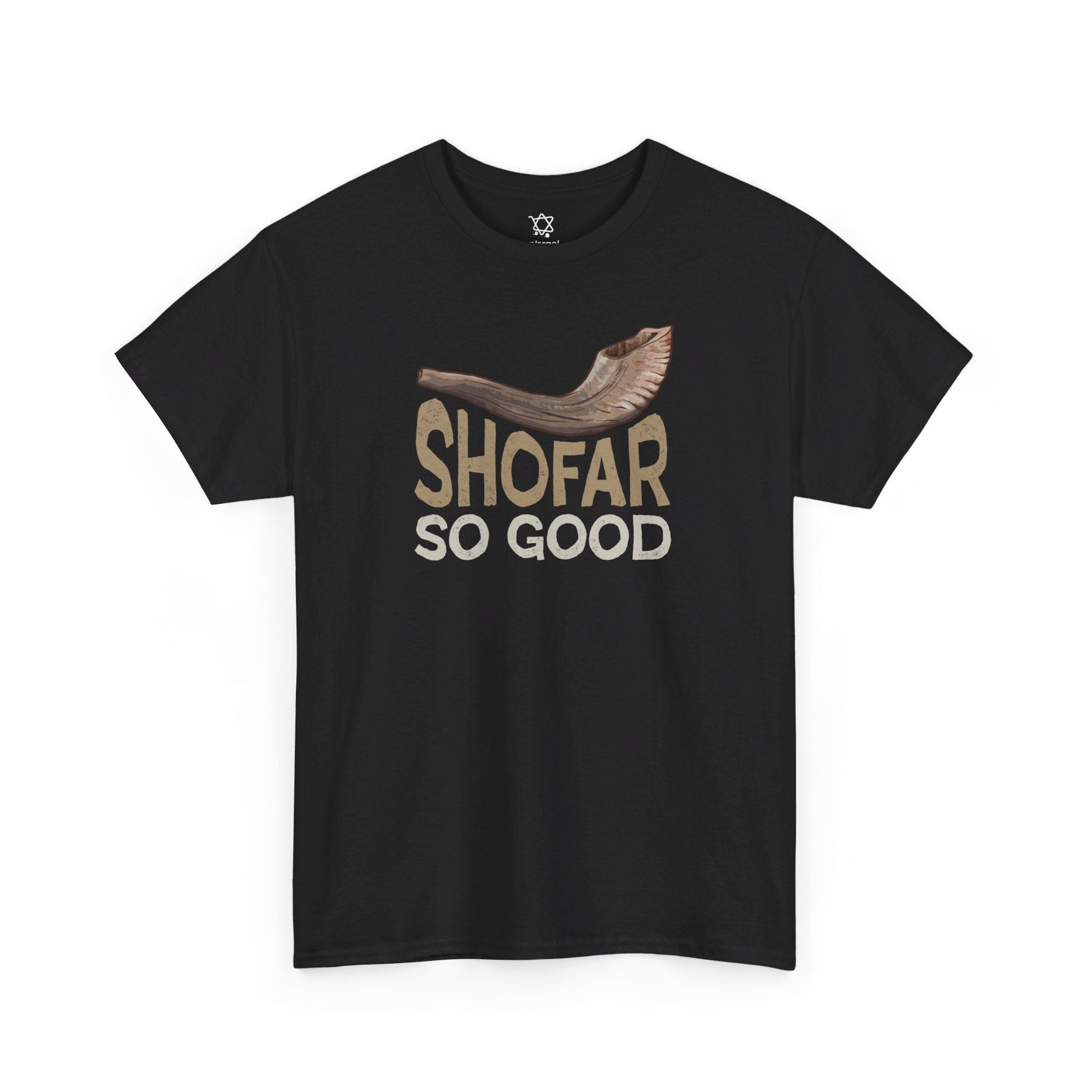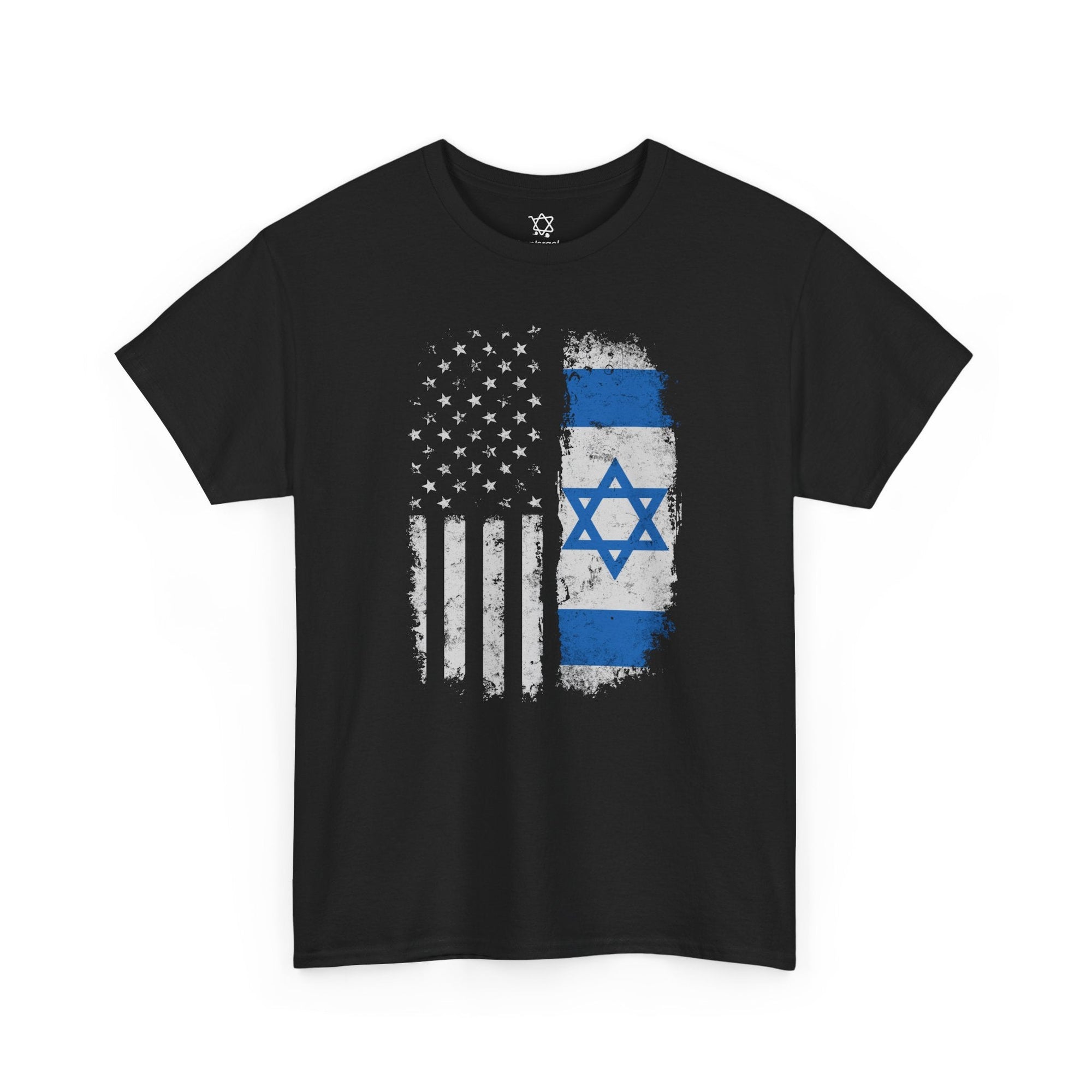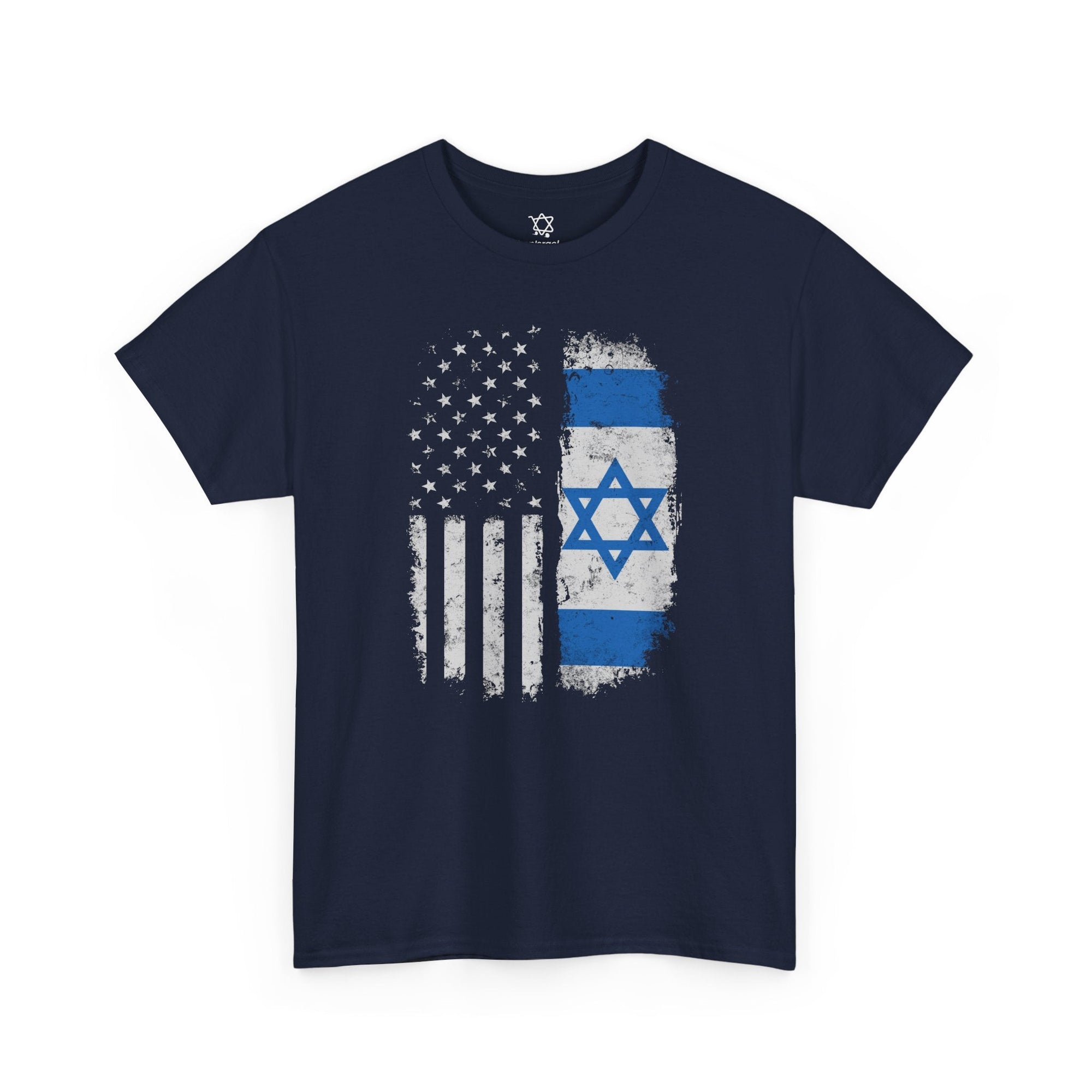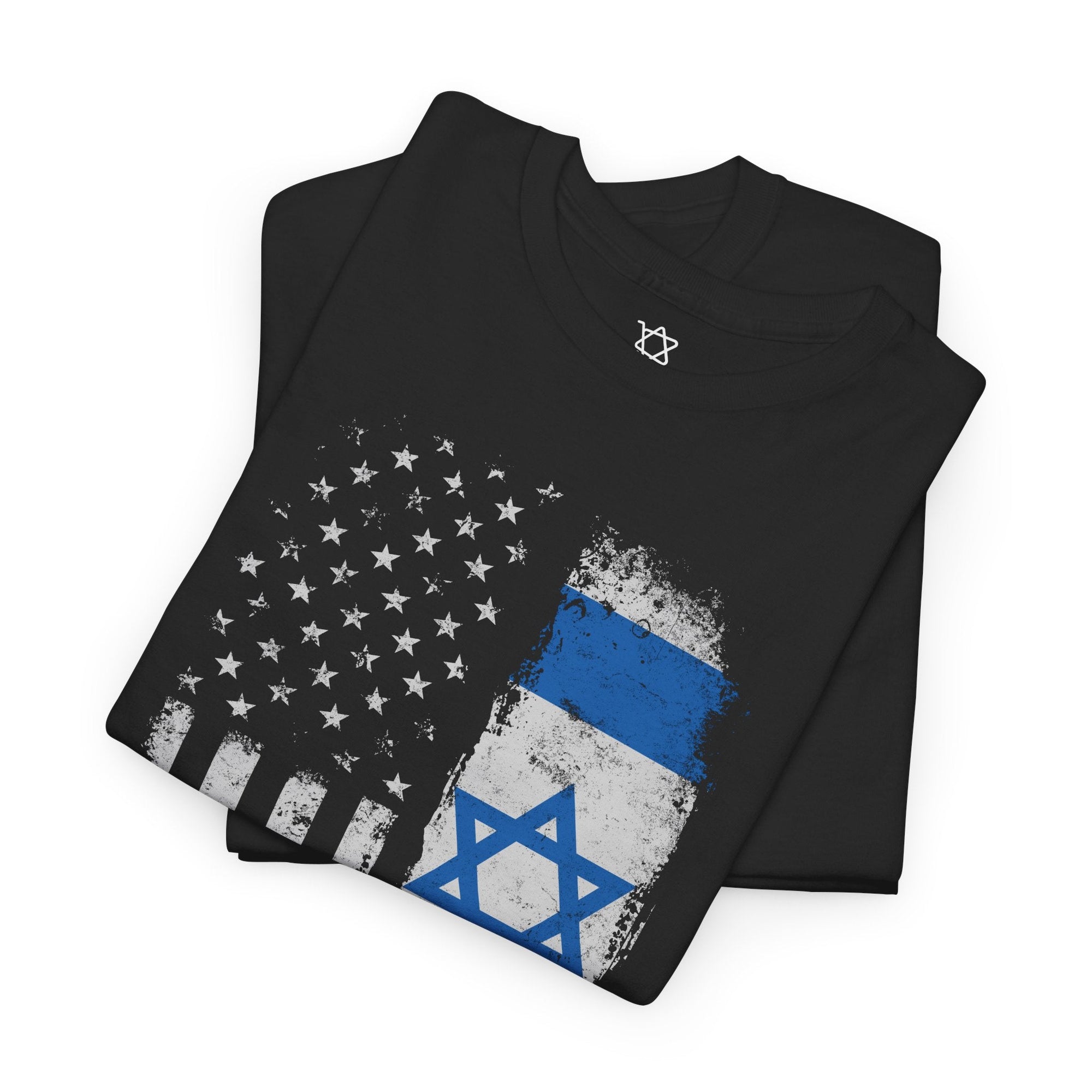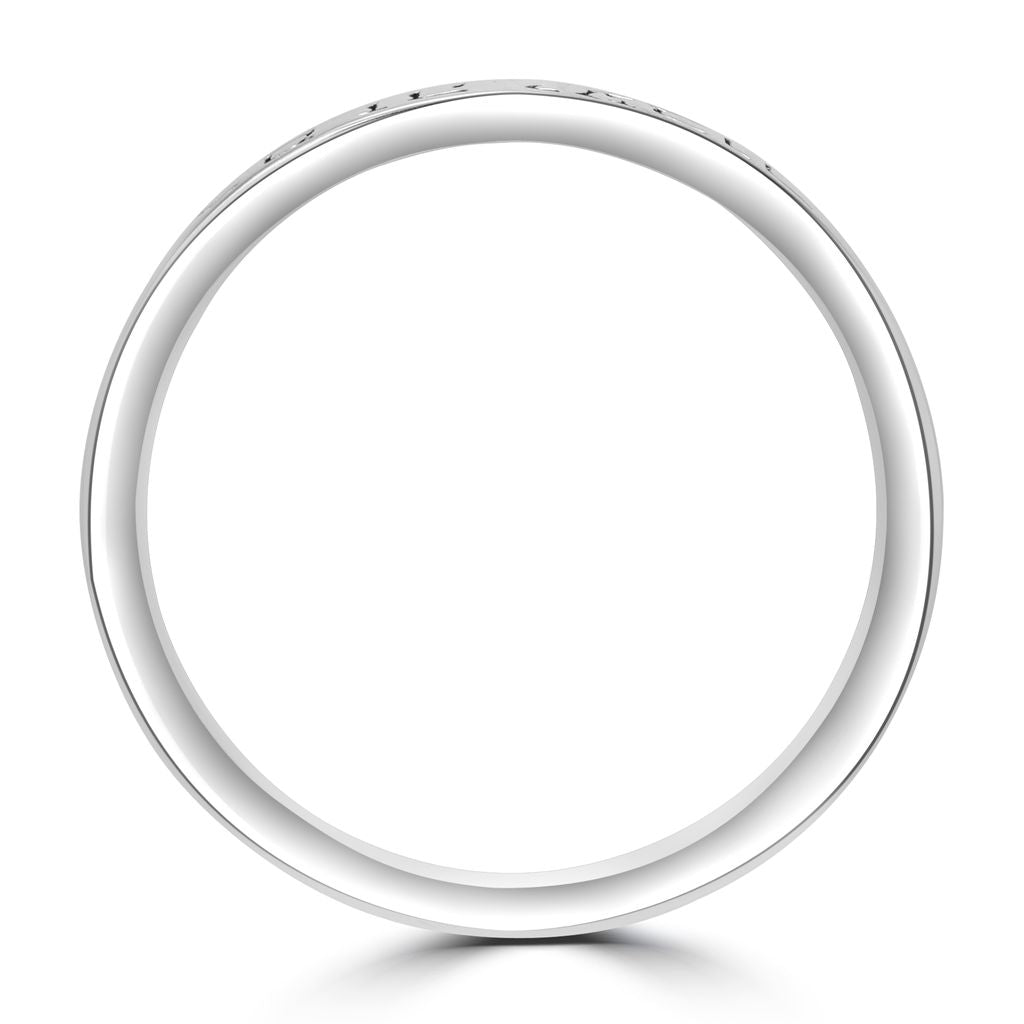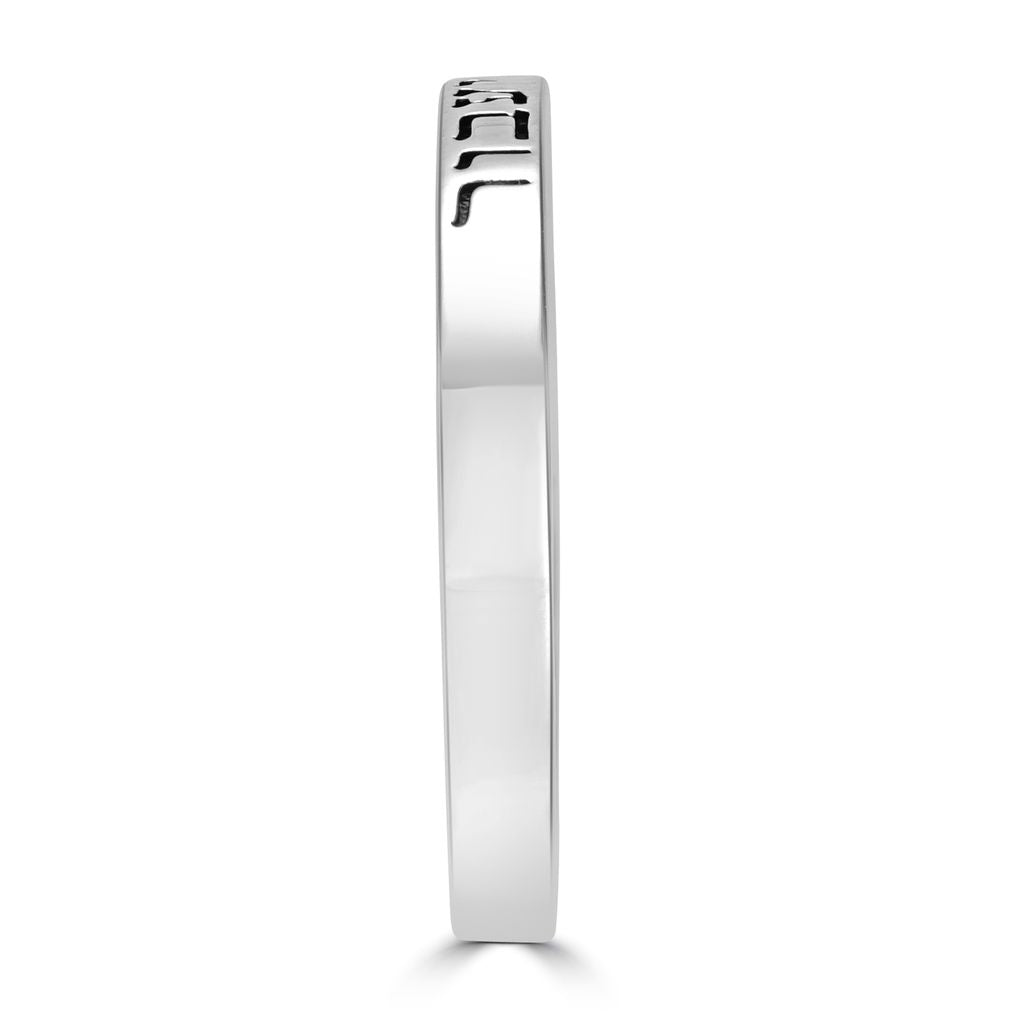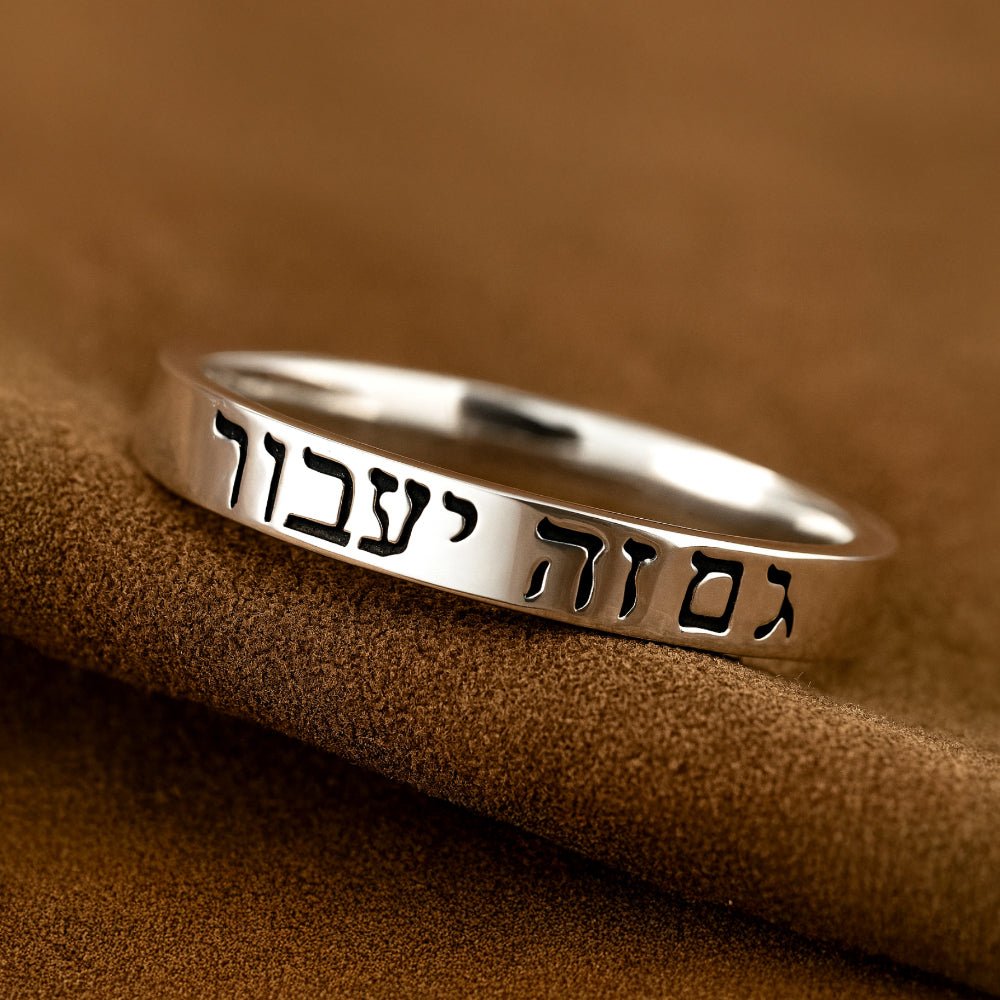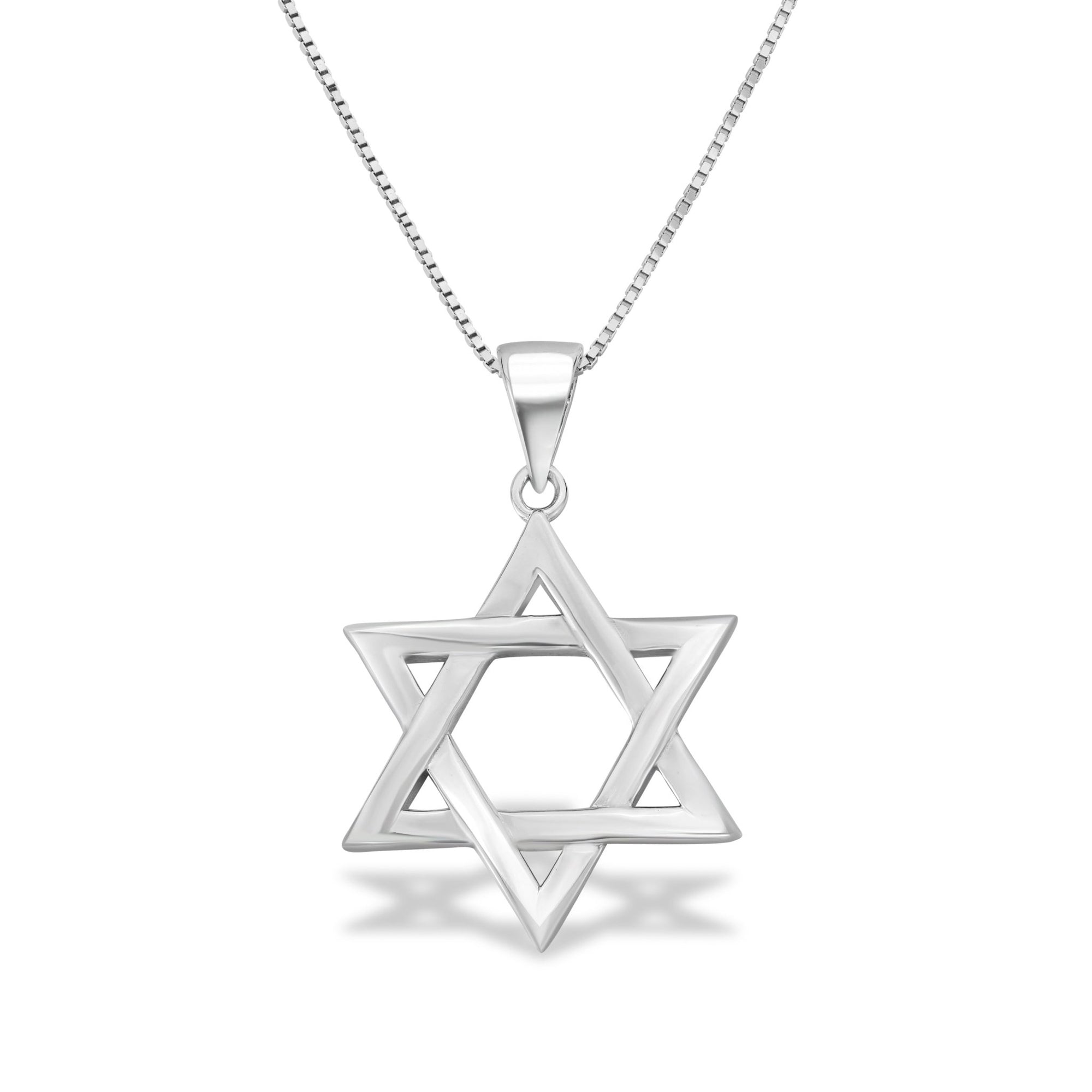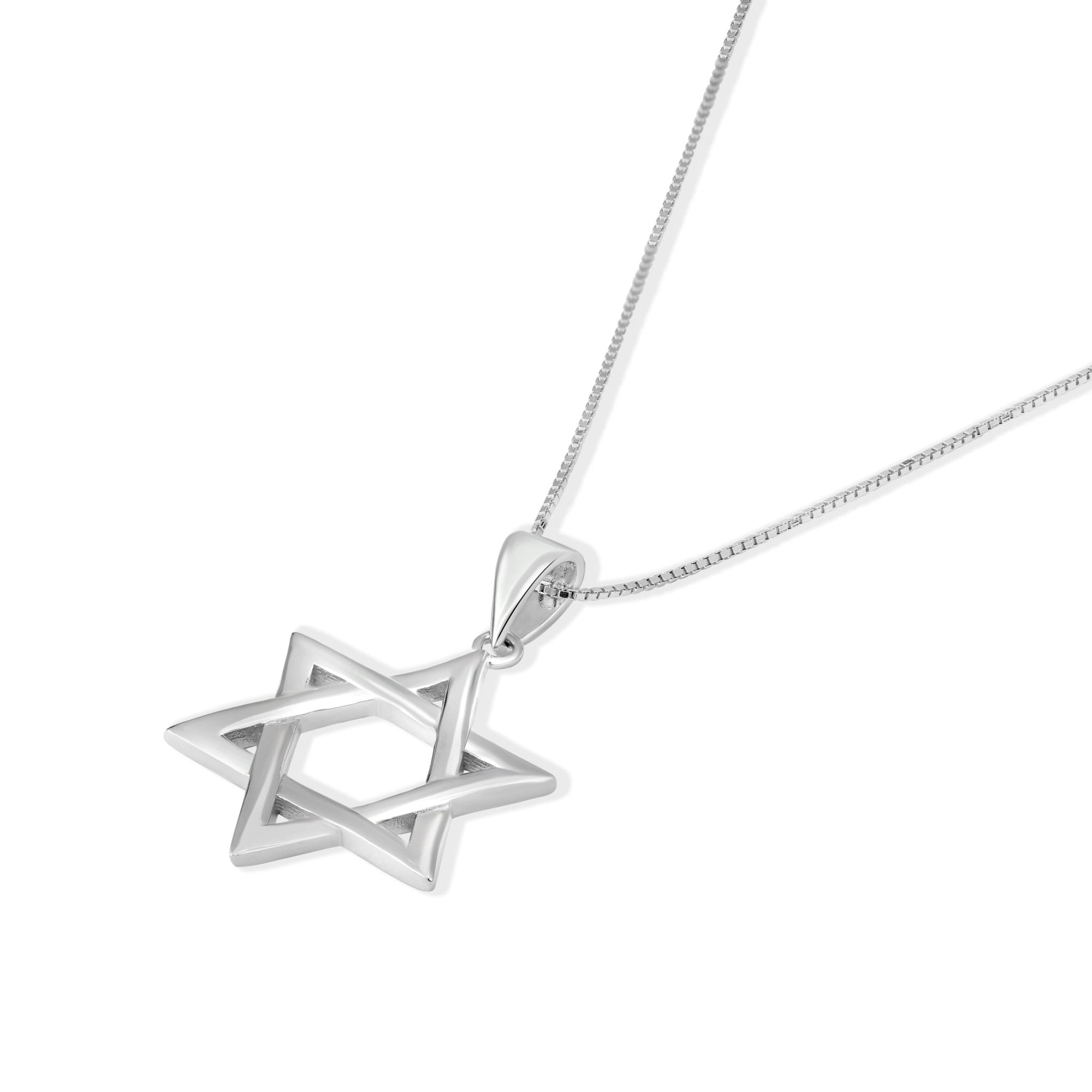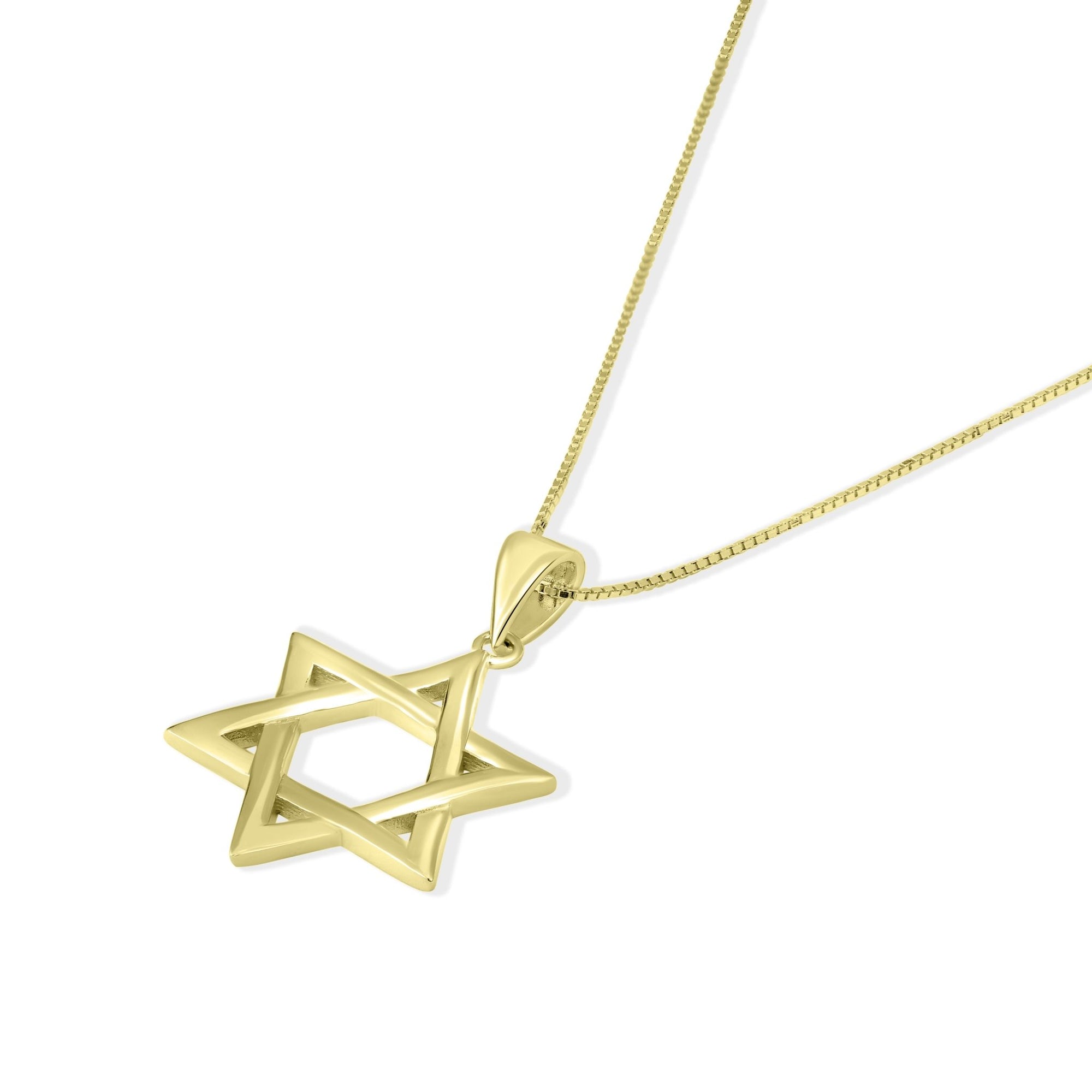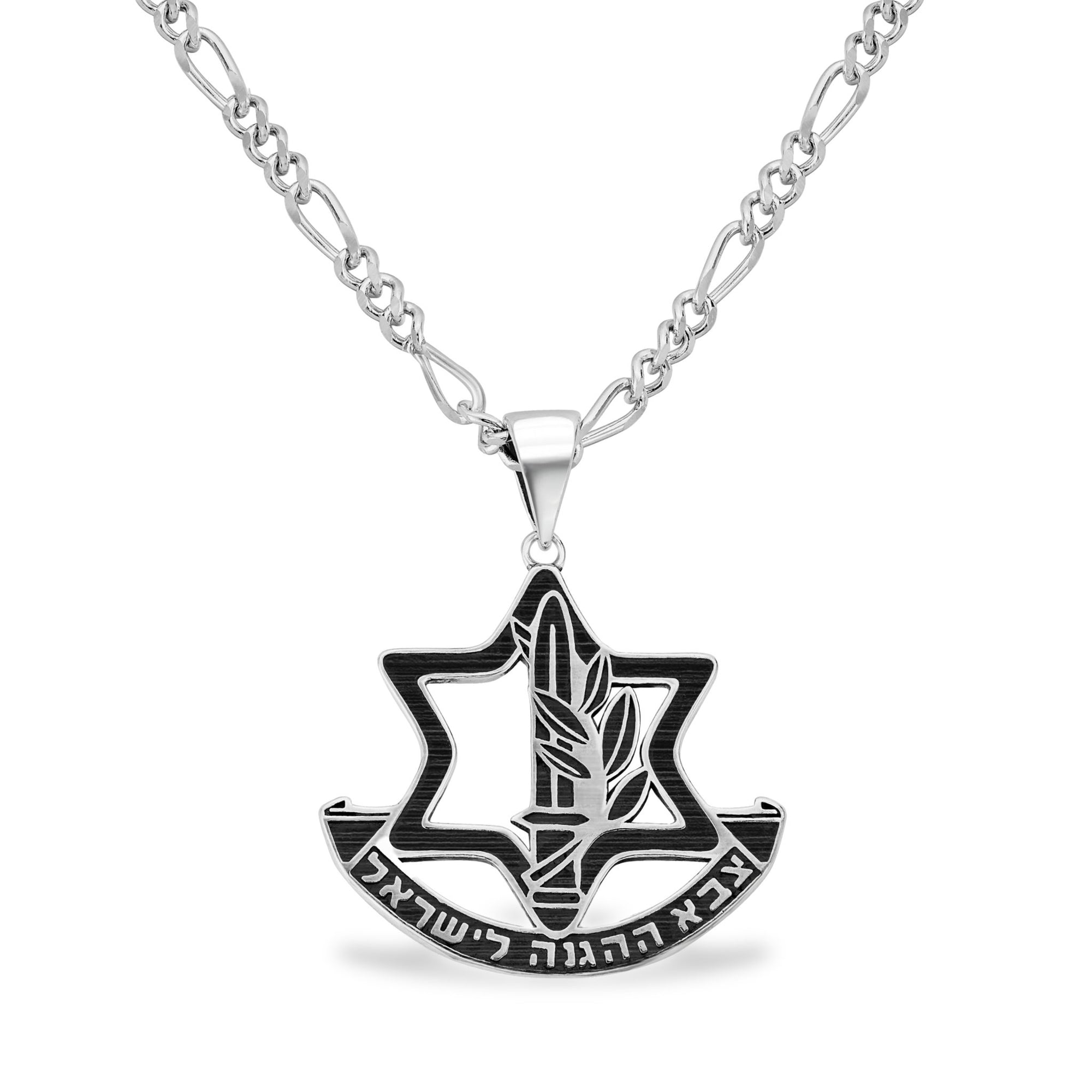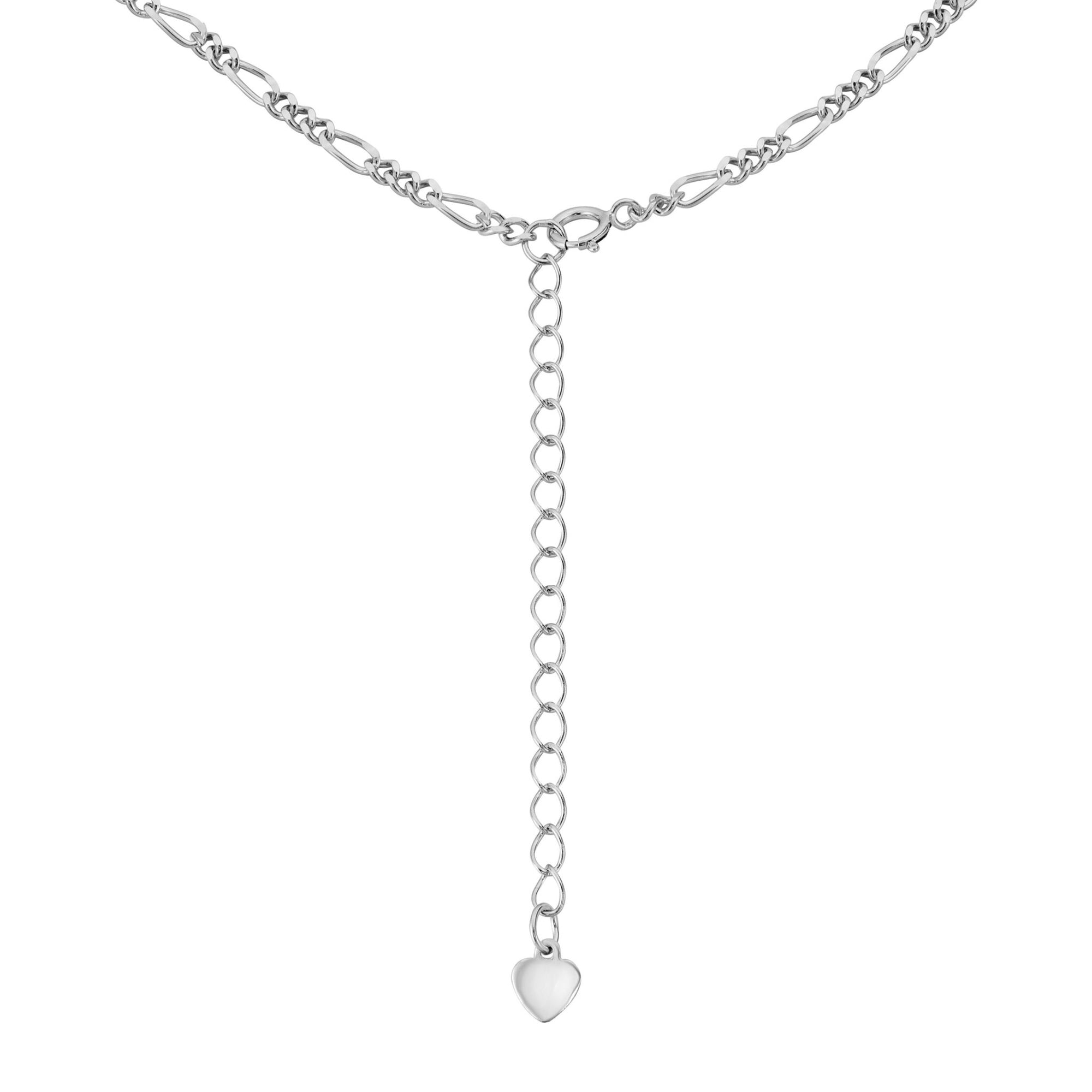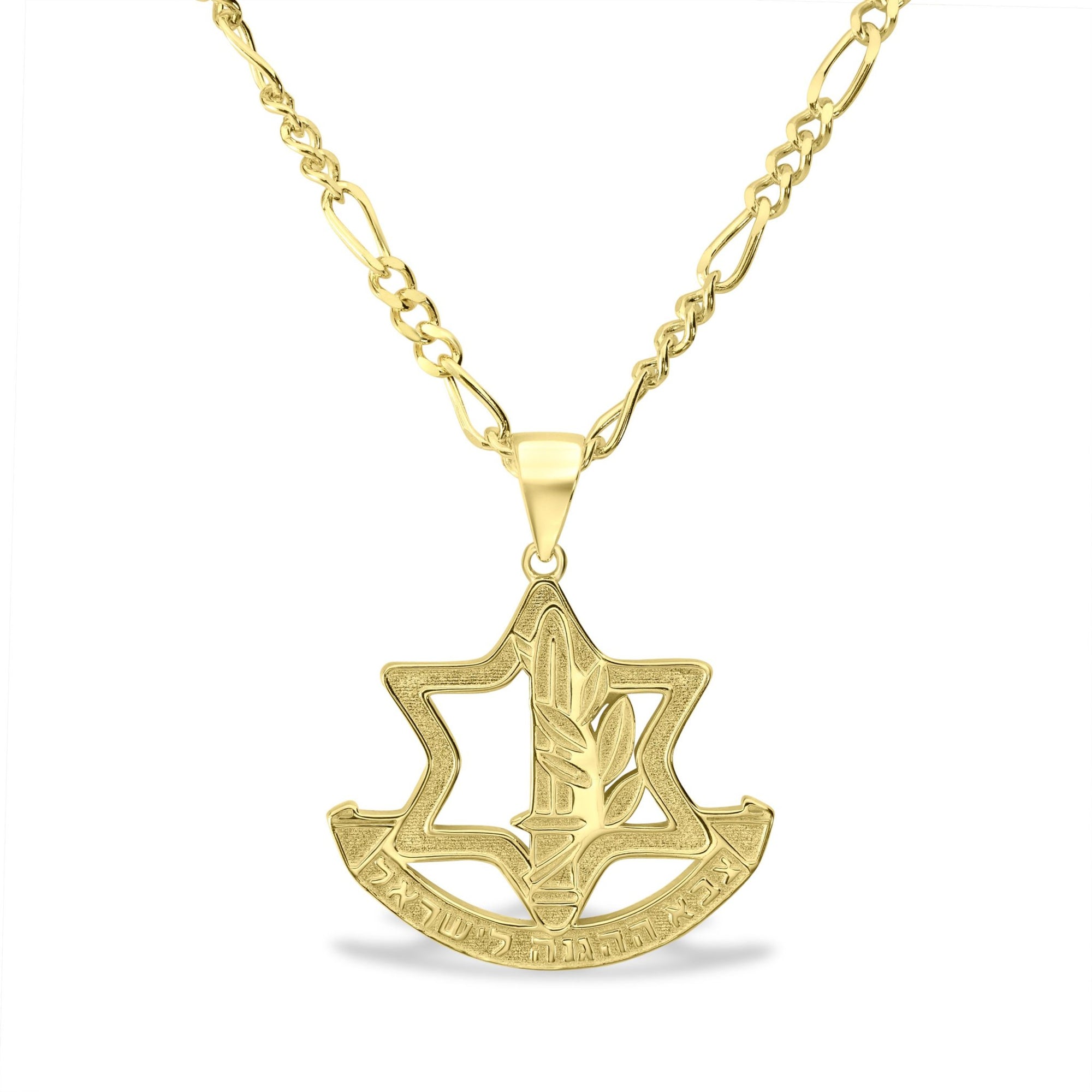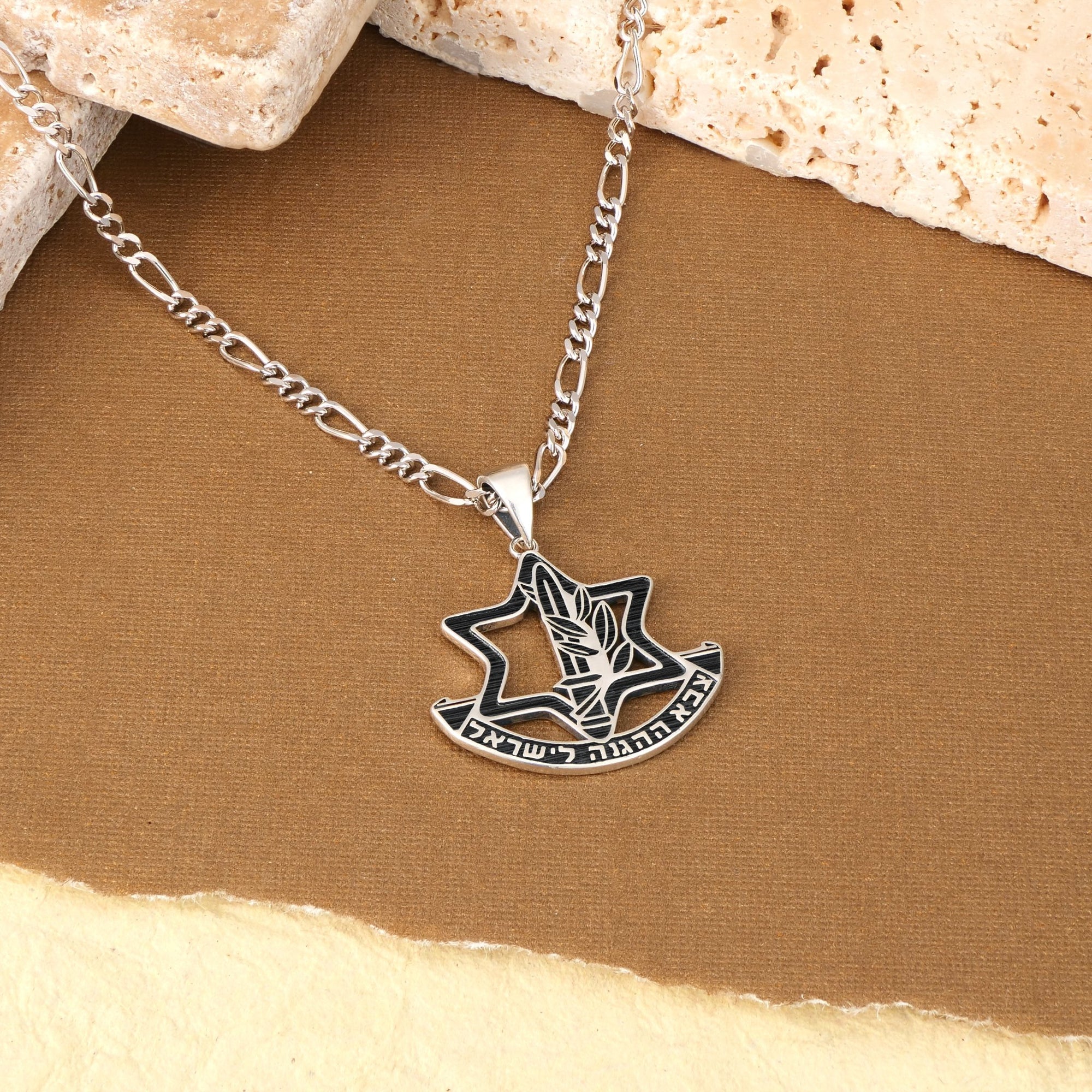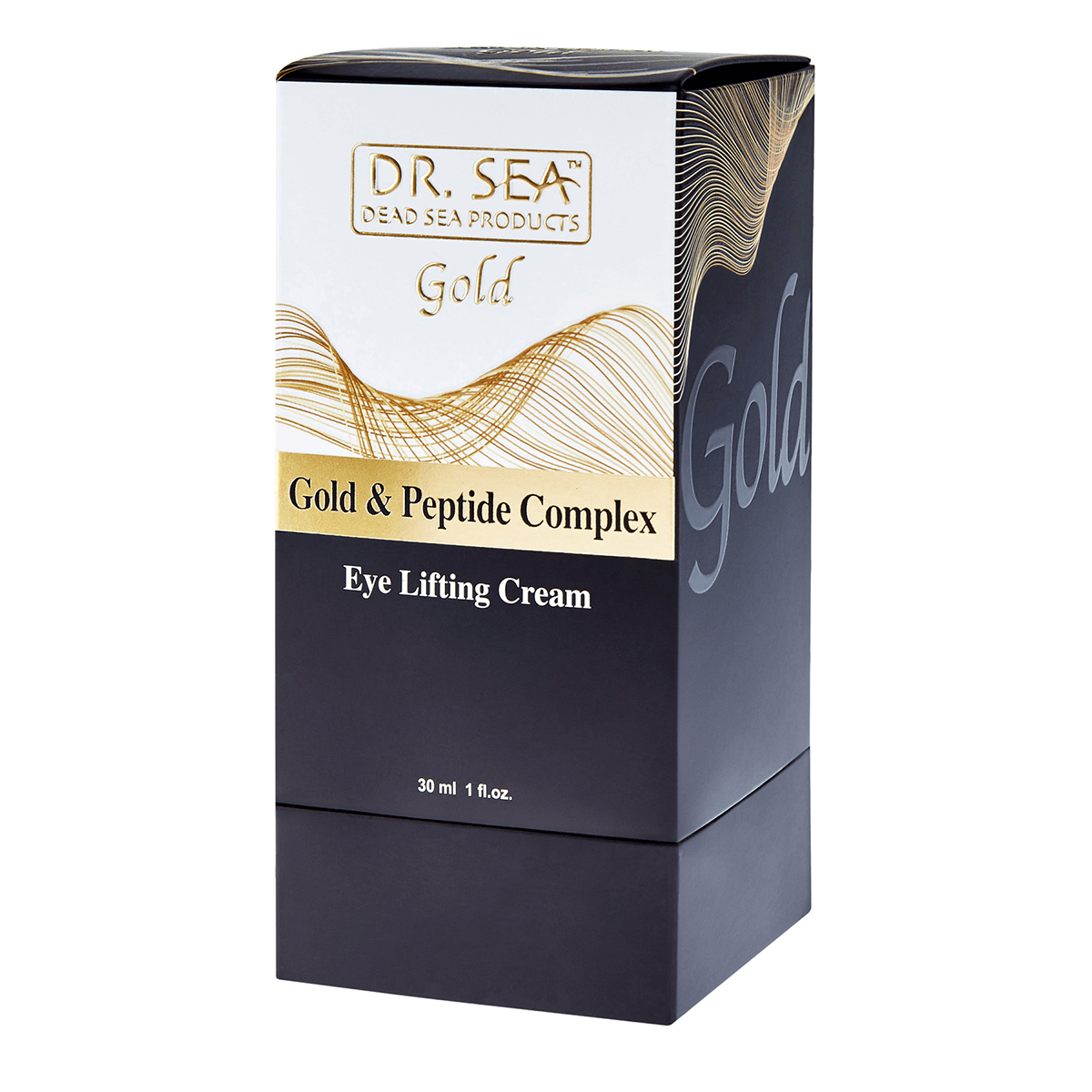Introduction to the Shofar's Symbolic and Design Legacy
The Shofar’s Religious Significance and Biblical Origins
The shofar is an ancient and sacred instrument deeply rooted in Jewish tradition, prominently used during the High Holidays of Rosh Hashanah and Yom Kippur. Its biblical origins are traced to the Torah, especially in Leviticus, where it is blown to mark the Day of Atonement and to proclaim the Jubilee year—a special time of liberation when slaves were freed and land returned to original owners. This profound practice symbolizes divine kingship, spiritual awakening, and important moments in Jewish history.
Symbolic Connection to Freedom, Spirituality, and Renewal
Beyond its historical role, the shofar embodies freedom and renewal. It resonates as a spiritual call to repentance and reflection, echoing themes of hope and redemption. The shofar’s distinctive sound is linked in Kabbalistic teaching to the divine breath that gave life to humanity. Its blasts inspire a sense of unity and connection to the soul, symbolizing both individual and collective aspiration for peace and spiritual refinement. The Jubilee year’s association with restoration and liberty further enhances the shofar’s role as a potent symbol of cultural and spiritual identity.
Inspiration for Contemporary Product Design
The shofar’s simple yet compelling form—curves and straight lines derived from different animal horns—offers rich inspiration for modern creators. From silver-plated artistic designs adorned with symbolic motifs like the Star of David to contemporary Judaica art, the shofar bridges tradition and modernity. Its powerful spiritual resonance invites designers to craft items that celebrate Jewish heritage, cultural pride, and the enduring message of renewal and hope. This fusion of faith, history, and art resonates especially with the Israeli and diaspora communities seeking meaningful expressions of identity through gifts and apparel.
The Shofar’s Historical and Religious Foundations
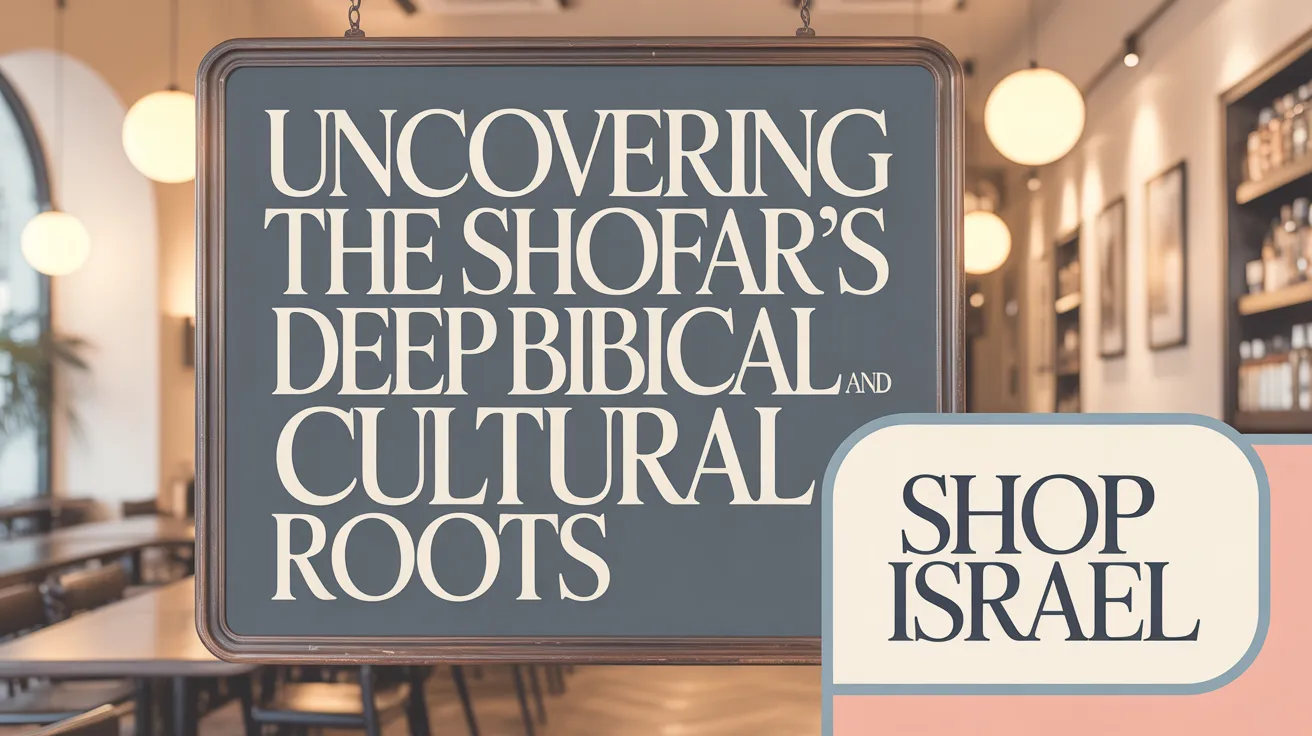
What is the historical and religious significance of the shofar?
The shofar during Yom Kippur holds profound meaning in Jewish tradition, deeply rooted in biblical commandments, especially in the book of Leviticus. It is prominently featured during Shofar in the Day of Atonement, as a sacred instrument that calls for reflection and spiritual renewal.
Every fifty years, the Proclamation of the Jubilee year is proclaimed with the resonant blasts of the shofar. This Jubilee represents more than just a calendar milestone; it is a time symbolizing liberty—the Shofar blasts marking release of slaves and the Return of land in Jubilee year. Through these acts, the shofar embodies the ideals of freedom and renewal that remain central to Jewish faith and cultural identity.
During the Shofar during the High Holidays, which include Rosh Hashanah and Yom Kippur, the blowing of the shofar serves as a powerful reminder of divine kingship over creation. It awakens the community to the Hope and salvation symbolized by shofar, drawing a direct connection to its Biblical tradition of the shofar.
The shofar's sound is a call to liberty that resonates through generations, linking past covenantal traditions with present-day faith and aspirations, reflecting Shofar and Jewish heritage and inspiring continued devotion.
This historical and religious significance enriches the shofar’s role not only in religious practice but also in Judaica in Art and products that emphasize cultural pride and spiritual themes.
Craftsmanship and Design Principles of the Shofar

What are the qualities and design aspects of a traditional shofar?
The shofar is meticulously crafted from the horns of kosher animals such as rams, kudu, or antelopes. To maintain its kosher status, the horn must be hollowed out from the bone with no artificial manipulation, preserving the natural shape and structure. This careful craftsmanship ensures a smooth interior for optimal airflow, allowing the shofar to produce its distinctive clear, resonant sound.
Materials and methods in making a kosher shofar
A high-quality shofar starts with selecting a proper horn, adhering to biblical and religious standards. The process involves:
- Cleaning and hollowing the horn without damaging its integrity
- Retaining the authentic curvature and natural features of the horn
- Polishing the exterior to highlight its natural beauty, sometimes adding artistic carvings or inscriptions inspired by Jewish symbols
These methods honor both tradition and spiritual purpose, as the shofar's sound calls for reflection, repentance, and renewal. Learn more about how to choose a shofar and its historical significance.
Variations in shape and style across Jewish communities
Shofars differ significantly among Jewish communities, reflecting diverse cultural aesthetics and symbolism:
- Yemenite Kudu Shofar: Recognized for its multiple curves and rounded opening, illustrating a unique design beloved in Yemenite tradition.
- Moroccan Ram’s Horn: Noted for its single curve and flat opening, often simpler but just as spiritually profound.
These variations showcase the shofar's adaptability while preserving its symbolic power.
Influence of shofar form in artistic and product design
The shofar's straightforward composition of elegant curves and lines has inspired modern artistic expression and Judaica product design. Contemporary creators draw on:
- Its symbolic connection to freedom, divine presence, and Jewish heritage
- The minimalistic yet meaningful shape, making it perfect for art, jewelry, and ceremonial objects
- Integration of traditional motifs like the Star of David and Hebrew inscriptions on shofar to deepen cultural identity
By blending ancient tradition with modern aesthetics, the design of the shofar continues to resonate beyond ritual use — as a powerful emblem of spiritual awakening and cultural pride.
Spiritual and Mystical Dimensions Informing Design Inspiration
How does the shofar’s mystical and spiritual symbolism inspire modern design thinking?
The shofar’s sound carries profound Kabbalistic meanings, believed to be more than just a call to worship—it holds vibrations containing universal secrets. Rooted in the Hebrew word lehiSHtaPeR, meaning "to improve," the shofar symbolizes spiritual refinement and transformation.
This sacred horn echoes the divine breath that G‑d breathed into Adam and Eve, linking the act of blowing the shofar to the soul (neshama) and breath (neshima) itself. This connection between breath and soul elevates the shofar's blasts as a form of spiritual breath work that awakens and uplifts the human spirit.
Furthermore, the shofar represents manifestation and hope, heralding an era of redemption and peace as prophesied in Isaiah 27:13. Its sound inspires a collective aspiration for healing and divine unity. Designers today draw upon this rich mystical resonance to infuse modern Judaica and cultural products with themes of renewal, spiritual awakening, and the enduring hope of a better future.
Artistic Depictions and Judaica Inspired by the Shofar

How does the shofar influence contemporary Jewish art and decor?
The shofar's striking shape and deep symbolism have made it a central motif in contemporary Jewish Art and Decor and home decor. Its elegant curves and simple forms—primarily composed of arcs and straight lines—translate seamlessly into modern designs seen in Judaica objects and Israeli fine art.
Artists often incorporate the shofar imagery alongside Hebrew lettering and biblical texts, such as blessings and prayers, to evoke spiritual themes and cultural identity. This blending of sacred symbolism and artistry appears in various works, from paintings and prints to sculptures and finely crafted decorative pieces.
Hebrew inscriptions carved or engraved on shofars themselves enhance their ceremonial use while elevating them to objects of visual artistry. These inscriptions often include verses commanding the blowing of the shofar during festivals, connecting the physical instrument to its biblical foundation as explained in Shofar musical instrument.
Israeli artists working with diverse media incorporate shofar shapes and Hebrew calligraphy into home decor items that marry tradition with contemporary aesthetics. This has created a distinctive modern Jewish style that honors heritage and spiritual renewal—echoing the shofar’s message of hope and redemption.
Through this artistic integration, the shofar remains a powerful reminder of Jewish history, faith, and the yearning for peace, manifested in both religious observance of the shofar and the beauty of Judaica in Art.
Modern Interpretations: Silver-Plated Shofars and Designed Judaica
What are some contemporary material and design innovations in shofar products?
In the evolving world of Judaica, the shofar has undergone graceful transformations that blend tradition with artistic innovation. Modern shofars, especially those curated by the Israel Store, showcase a stunning fusion of ancient craftsmanship and contemporary design.
One prominent innovation is the use of silver plating. This precious metal finish not only enhances the shofar's visual appeal but also adds a layer of durability and value. Beyond mere aesthetics, these silver-plated shofars frequently feature intricate decorations, including revered Jewish symbols like the Star of David and the Menorah. These motifs root the instruments deeply in Jewish identity and spiritual meaning.
While maintaining the authentic, clear, and resonant sound essential for ceremonial use during High Holidays such as Shofar use in Rosh Hashanah and Yom Kippur, these shofars also serve as decorative artifacts. Their artistic appeal makes them ideal gifts and meaningful pieces of cultural expression for home display.
This harmonious blend—where sacred ritual tools double as elegant art objects—illustrates a contemporary sensibility aiming to celebrate Jewish heritage visibly and vibrantly. It invites supporters and diaspora members alike to connect with their faith and culture through beautiful, functional Judaica that is both symbolic and stylish.
Cross-Cultural Design Influences Related to Jewish Heritage

Impact of Jewish émigré designers in modern industrial and graphic design
Jewish immigrants fleeing Nazi Europe during the 1930s and 1940s profoundly shaped modern British design. Their contributions spanned industrial product design, branding, typography, and graphic arts. Designers like Misha Black Westminster street signs, and FHK Henrion Tate & Lyle logo, responsible for the enduring Tate & Lyle sugar logo, brought fresh perspectives that merged Jewish heritage with contemporary style. This creative influx exemplifies the powerful role Jewish diaspora artists played in visual culture and commercial art, embedding cultural memory and innovation in everyday life.
Parallel inspiration from ancient Hebrew calligraphy and Asian artistry
Hebrew calligraphy, with its flowing forms and spiritual precision, is deeply rooted in Jewish tradition, carrying profound symbolic meanings. Modern Asian designers find inspiration in its architectural structure and meditative qualities, drawing parallels between Hebrew script and East Asian brush calligraphy. This cross-cultural dialogue fosters creative fusion, with workshops and exhibitions blending ancient Hebrew and Asian ink traditions. Such interactions highlight shared values of discipline, rhythm, and devotion, transcending cultural boundaries.
The shofar’s role in multicultural design dialogues
The shofar made from a ram’s horn, integral to Jewish rituals, embodies a unique blend of religious significance and artistic design. Its simple but elegant curves and symbolism of renewal, breath, and divine creation resonate deeply with spiritual and cultural identity. Contemporary artisans integrate these forms and motifs, sometimes silver-plating and inscribing them with Hebrew symbols like the Star of David, bridging ceremonial function with decorative appeal. The shofar’s mystical resonance and historic narrative offer rich thematic content for cross-cultural design exploration, connecting Jewish heritage with global artistic conversations.
Jewish cultural elements, including the shofar and Hebrew calligraphy, intersect powerfully with broader design trends by introducing themes of spirituality, refinement, and heritage. Jewish émigré designers pioneered influential visual styles, while the ongoing dialogue between Hebrew and Asian calligraphy exemplifies a respectful cultural exchange fostering innovation. The shofar’s symbolic and aesthetic qualities further enrich these narratives, weaving Jewish tradition into a shared global tapestry of design and cultural identity.
The Shofar as a Symbol of Identity and Future-Inspired Product Design
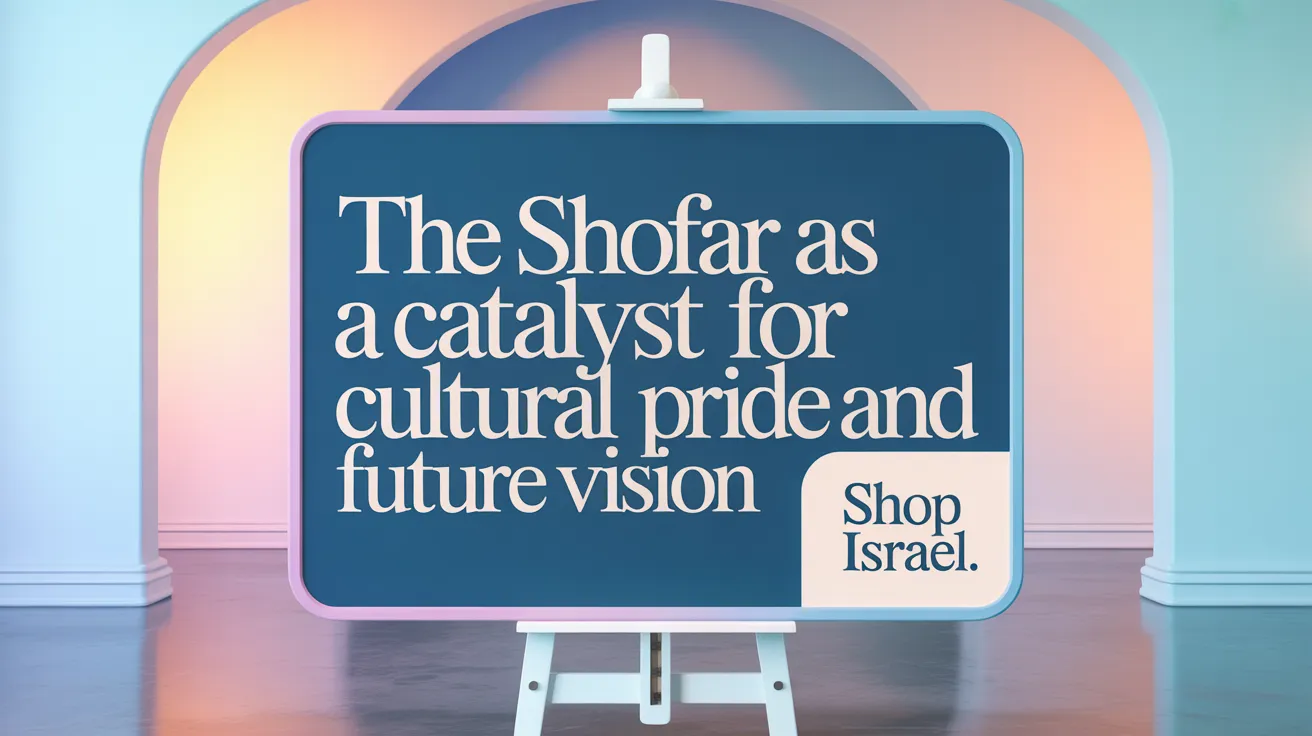
The shofar’s role in cultural pride and heritage
The shofar is deeply woven into Jewish tradition as both a religious instrument and a symbol of identity. It is not only sounded during High Holidays like Rosh Hashanah and Yom Kippur but also recalls biblical moments such as the Jubilee year and liberty that signify freedom and renewal. This ancient horn connects communities to their shared heritage, linking present-day practices with millennia-old customs.
Inspiration for products promoting Israeli and Jewish identity
Its unique shape and profound symbolism inspire contemporary designs that celebrate Israeli pride and Jewish cultural identity. Artisans and designers craft shofar-themed merchandise that blends traditional shapes with modern aesthetics, including silver-plated shofars at the Israel Store embellished with Judaic symbols like the Star of David and Menorah. These items grace Jewish home decor, jewelry, and ceremonial accessories, resonating deeply with diaspora communities seeking to express solidarity and connection.
Themes of hope, peace, and renewal in design narratives
Themes of liberation, hope, and divine renewal embodied in the shofar symbolism of liberation influence creative storytelling across Israeli cultural products. The shofar’s call to spiritual awakening and its link to prophetic aspirations for peace inspire designs that emphasize renewal and a future-oriented vision. By incorporating these elements, products become more than decorative—they act as vessels of meaning, fostering pride and a collective hope for reconciliation and healing.
How does the shofar inspire contemporary product design that reflects identity and aspirations?
The shofar embodies freedom, divine connection, and cultural legacy, making it a potent symbol in products promoting Israeli pride and Jewish heritage. Its distinctive form, sound, and spiritual resonance inspire designs that emphasize renewal, hope for peace, and collective identity. E-commerce platforms featuring Israel-themed clothing, accessories, and Judaica incorporate these themes to craft merchandise that meaningfully connects buyers to their roots. This symbolism enriches narratives, fostering cultural solidarity and imagining a hopeful future through design.
Conclusion: The Enduring Legacy of the Shofar in Contemporary Design
The Spiritual and Cultural Impact
The shofar continues to embody profound spiritual and cultural significance. Rooted in biblical traditions, the shofar's resonant blasts during Yom Kippur and Rosh Hashanah summon reflection, renewal, and divine connection. Its association with freedom, renewal through the Jubilee year, and the momentous Revelation at Mount Sinai sustains its role as a symbol of hope, healing, and spiritual awakening.
A Versatile Influence on Craftsmanship and Art
Beyond its religious role, the shofar inspires exceptional craftsmanship and artistic expression. Made from ram or kudu horns, its shape, sound, and natural form prompt innovative designs, from traditional ceremonial pieces to silver-plated shofars adorned with symbolic motifs like the Star of David. Artists similarly draw on the shofar’s simplicity and mystical resonance to create modern Judaica artworks that blend heritage and contemporary style.
A Living Symbol Through Time
The shofar acts as a bridge linking past, present, and future generations. It remains alive in daily spiritual life and inspires design that honors Jewish identity and Jewish diaspora solidarity. As a beacon of hope and divine kingship, the shofar powerfully signals continuity, cultural pride, and collective aspiration for an era of peace and redemption. This enduring legacy fuels creativity, making the shofar not just an ancient instrument but a timeless emblem of faith and renewal.









